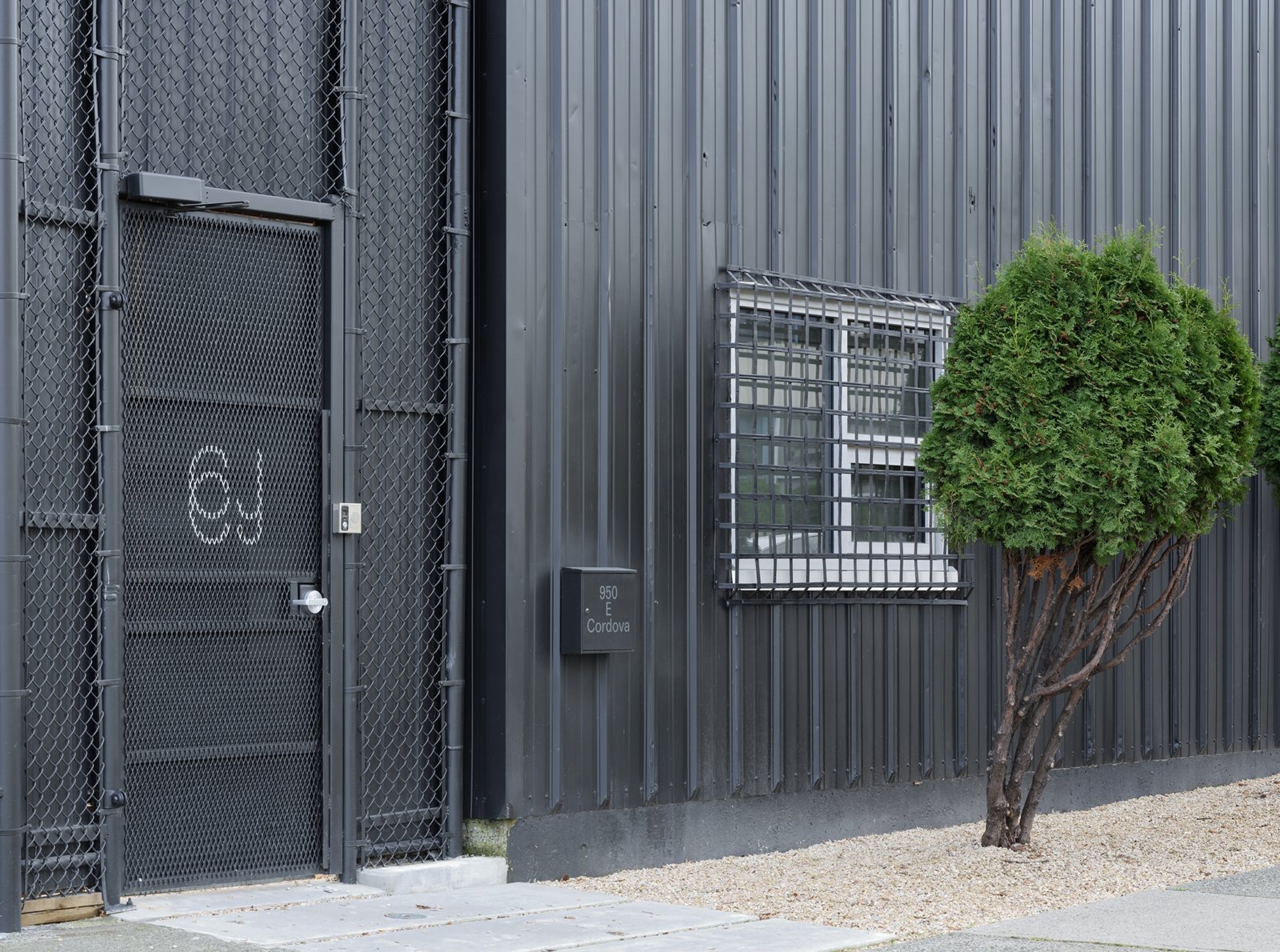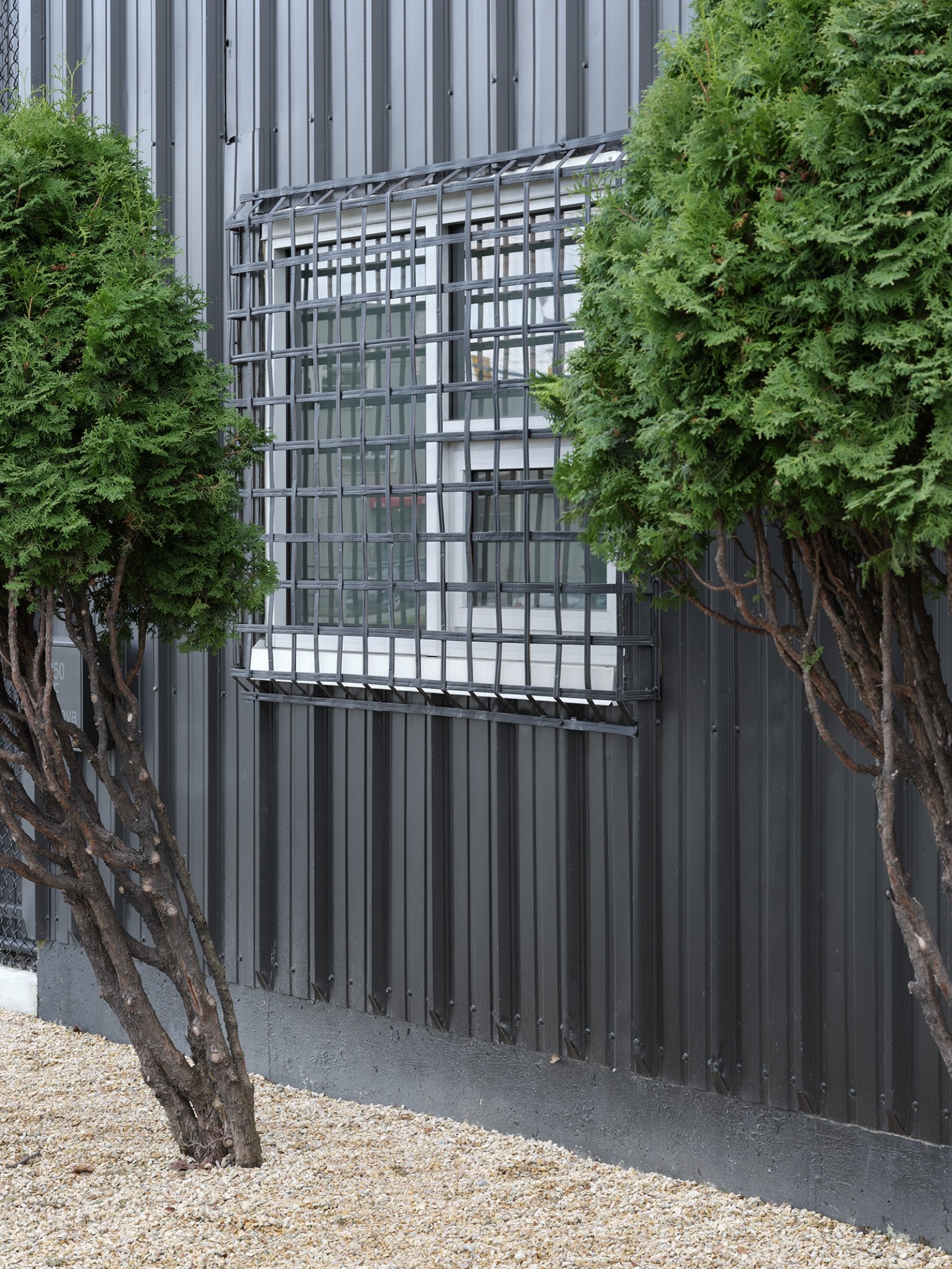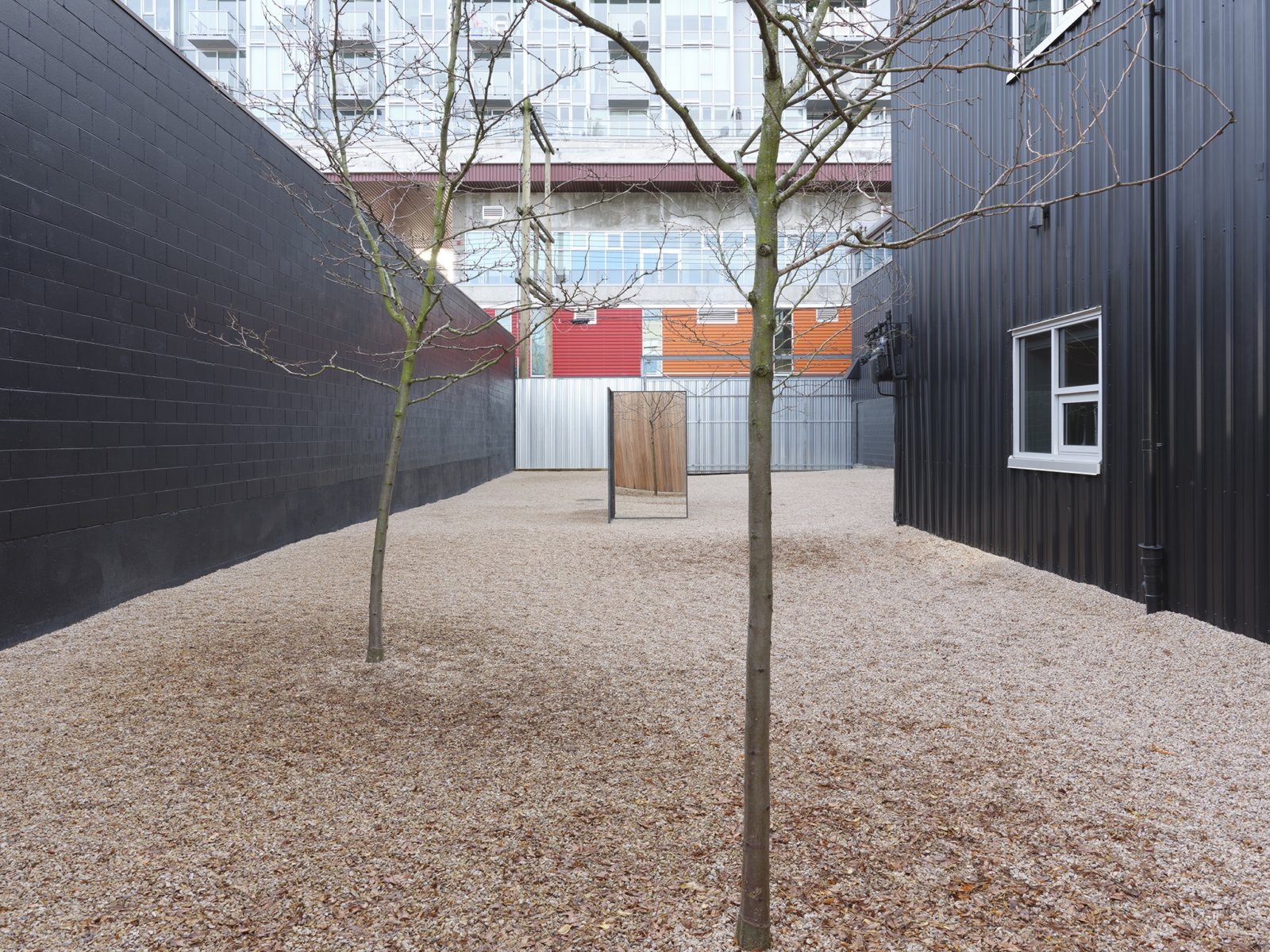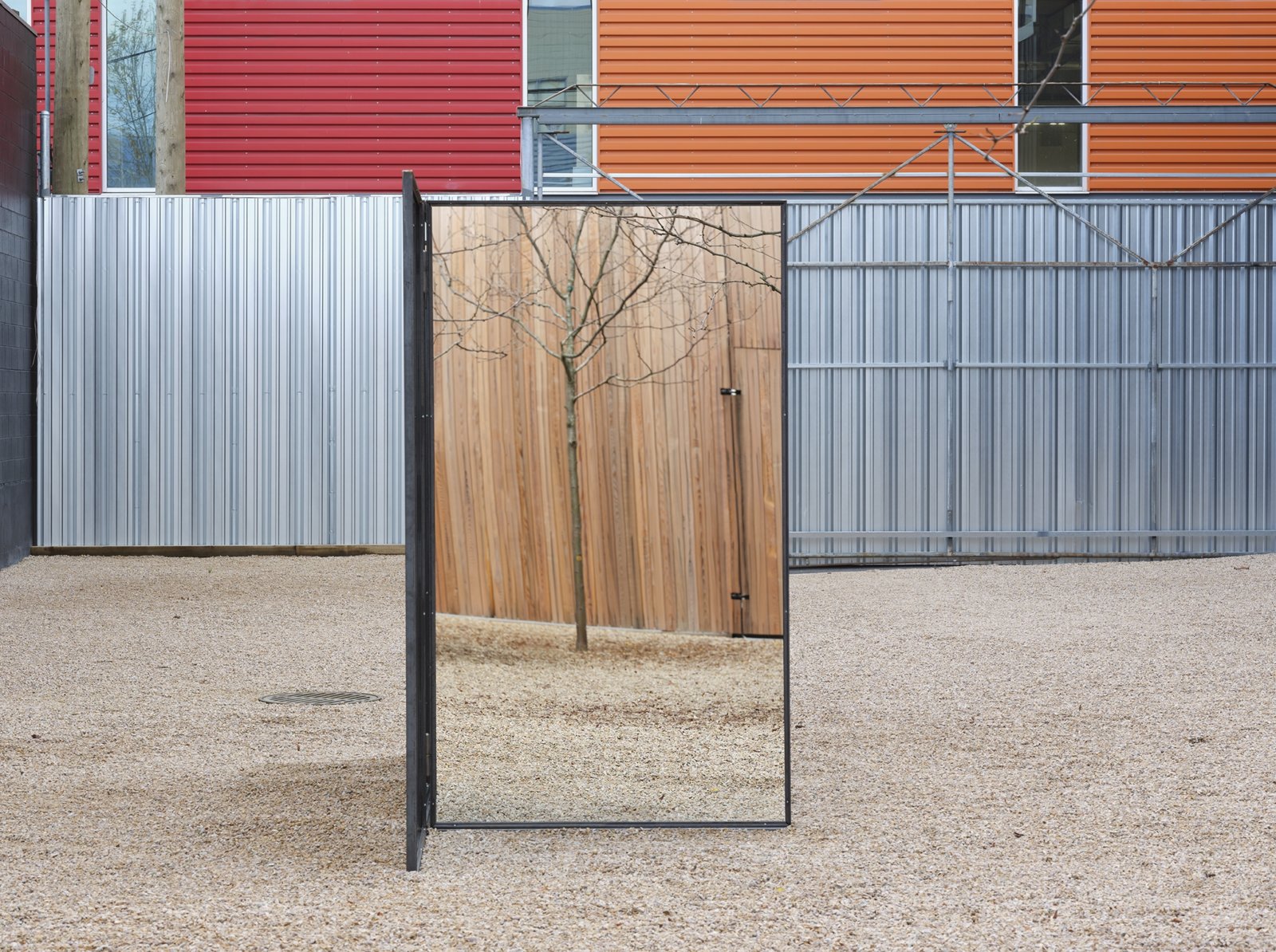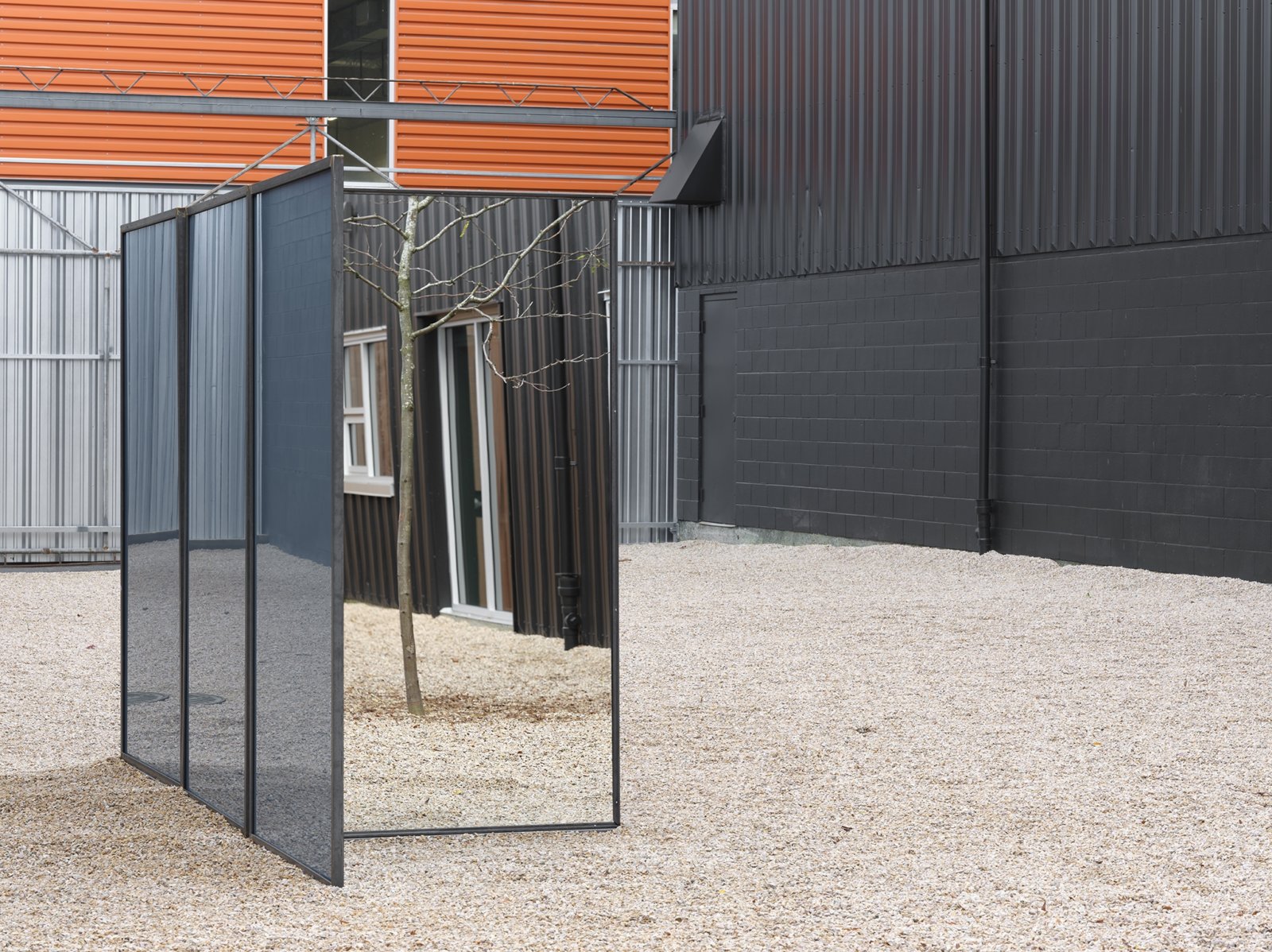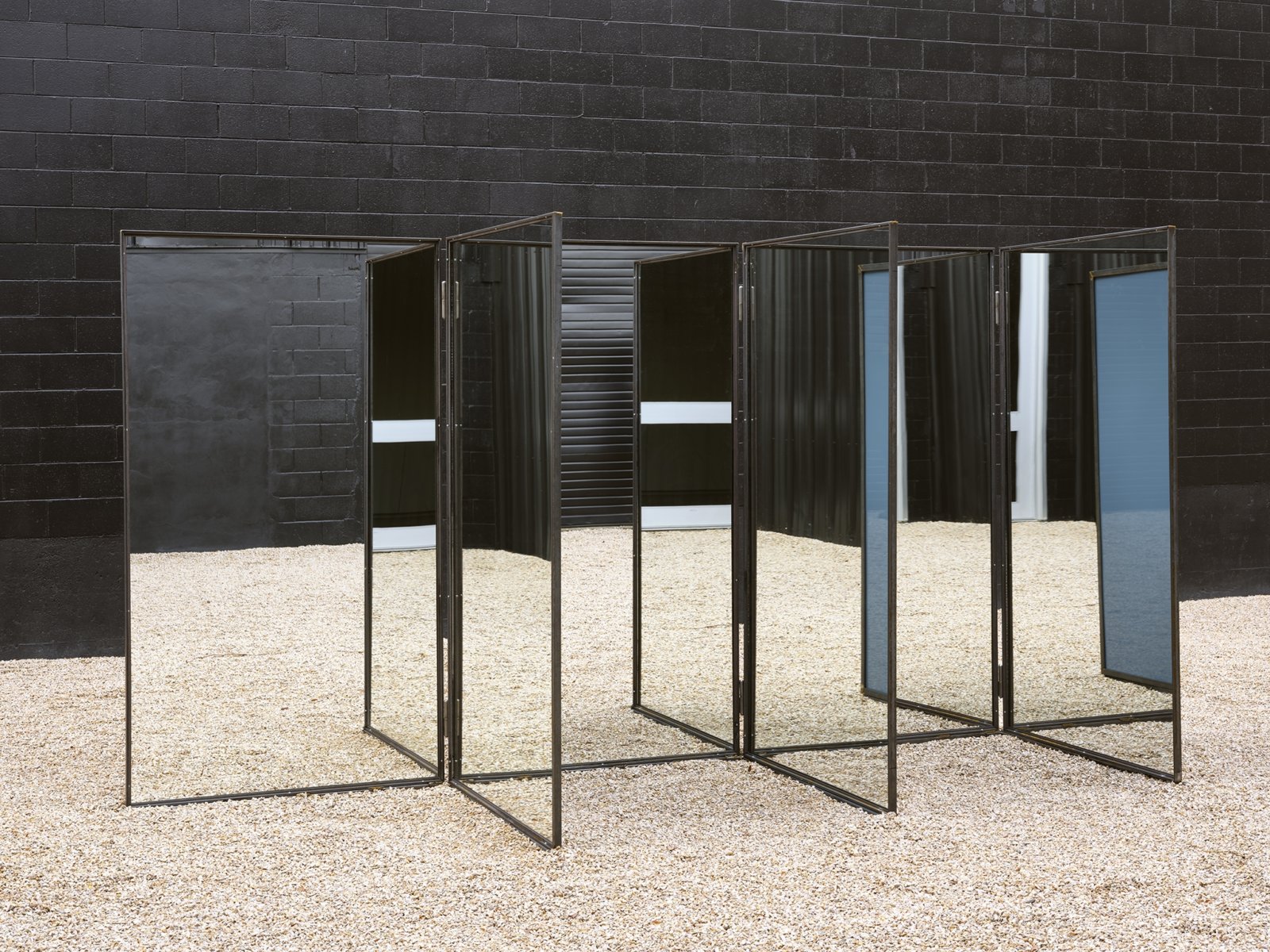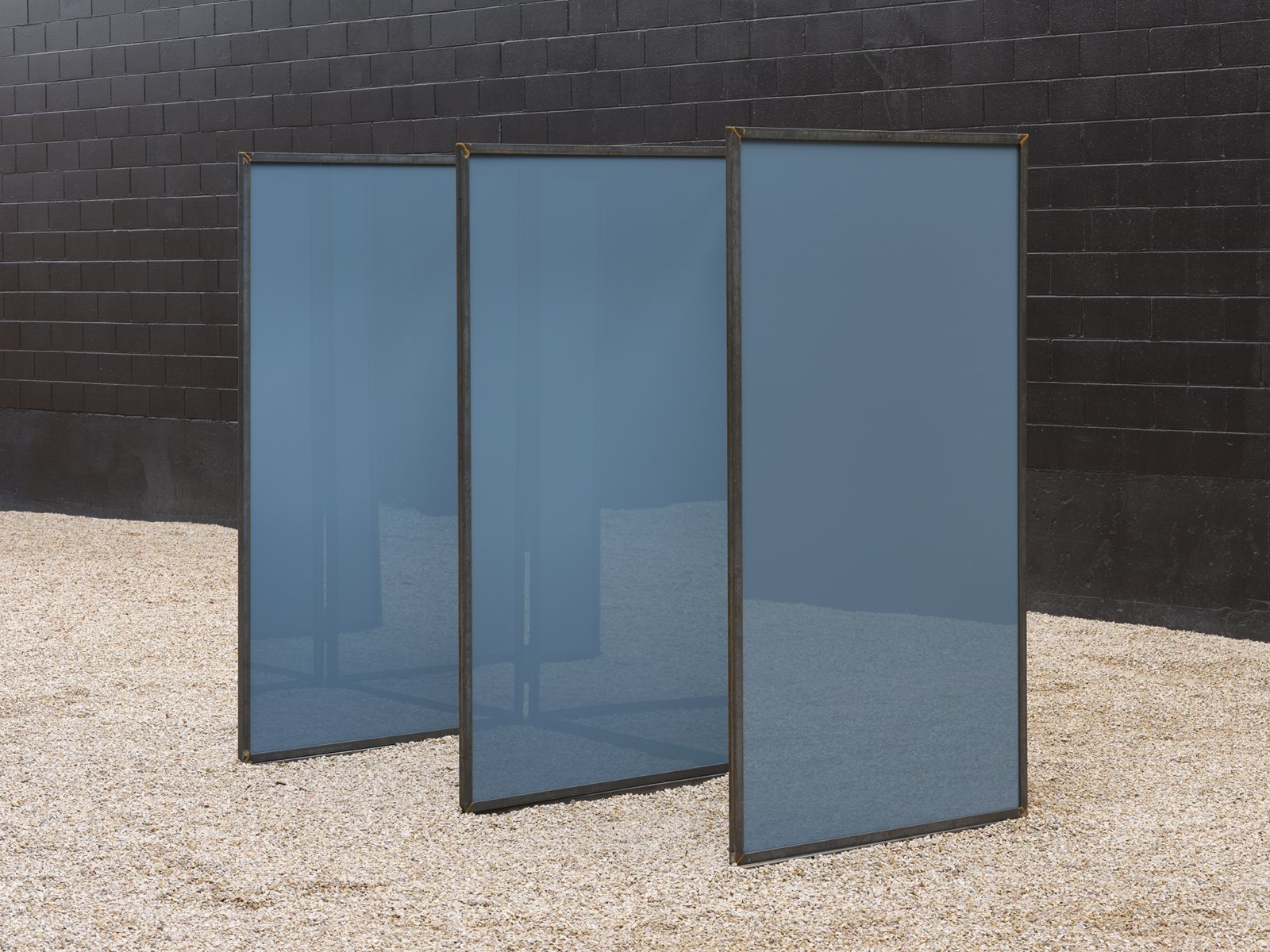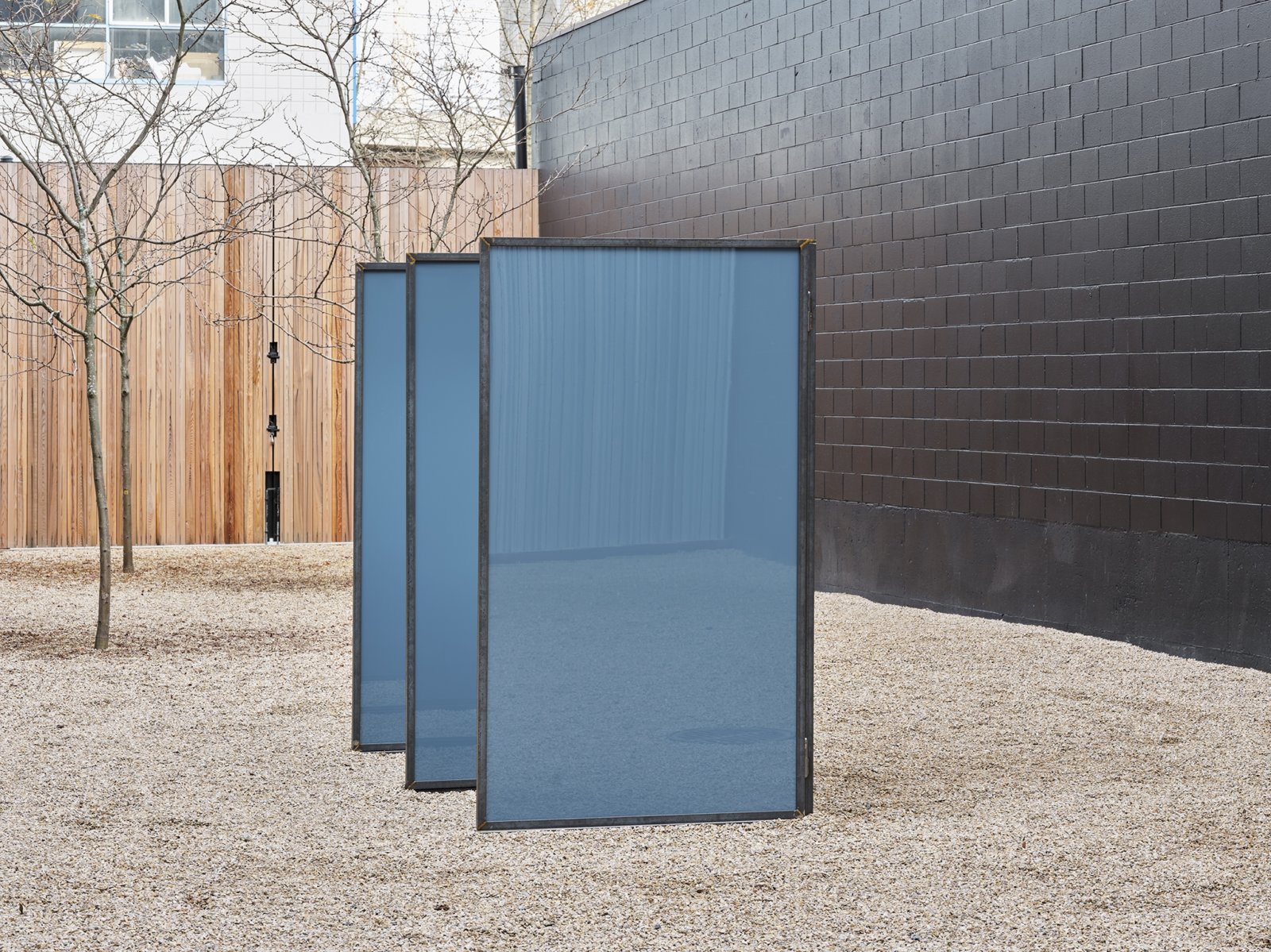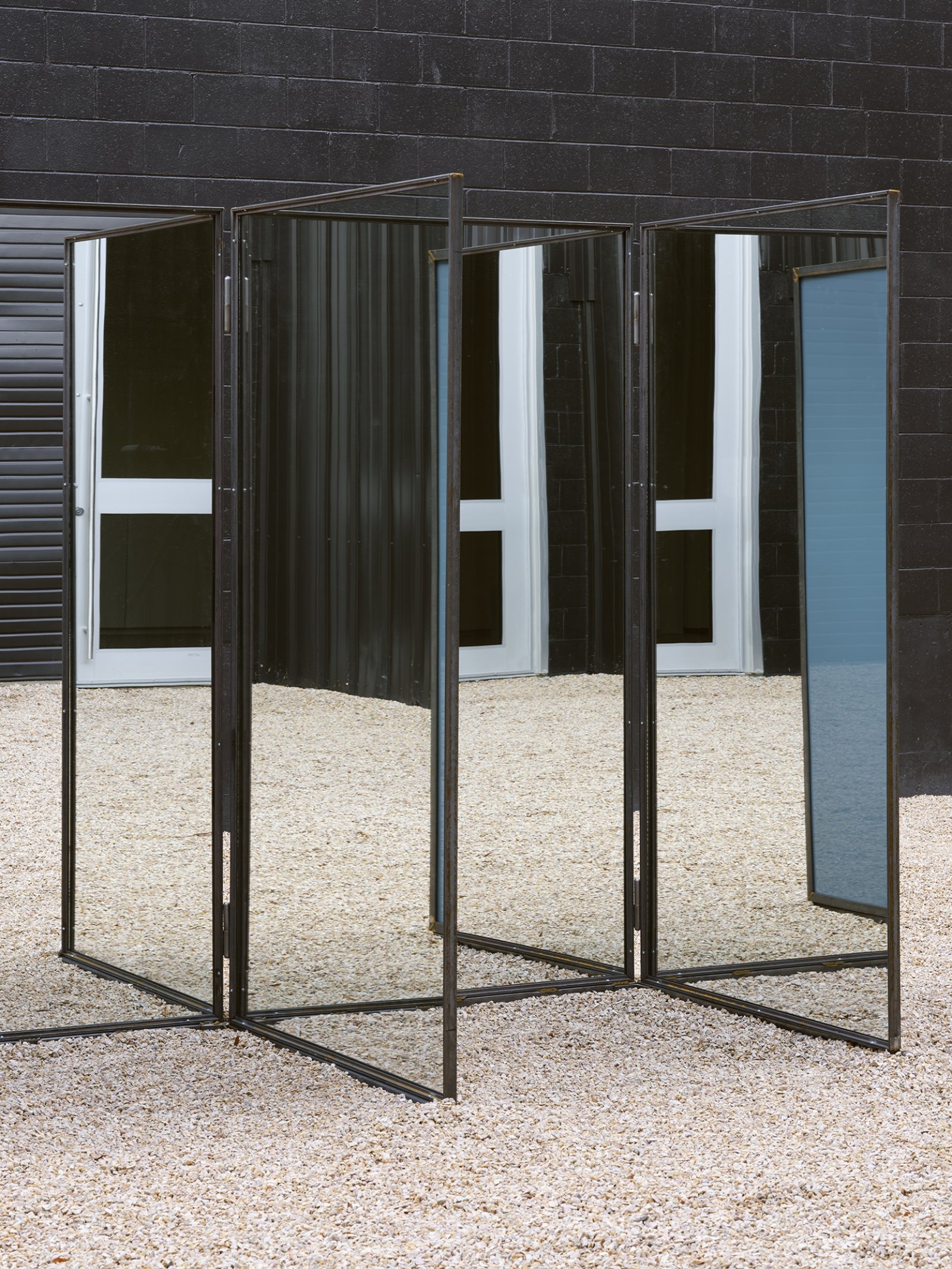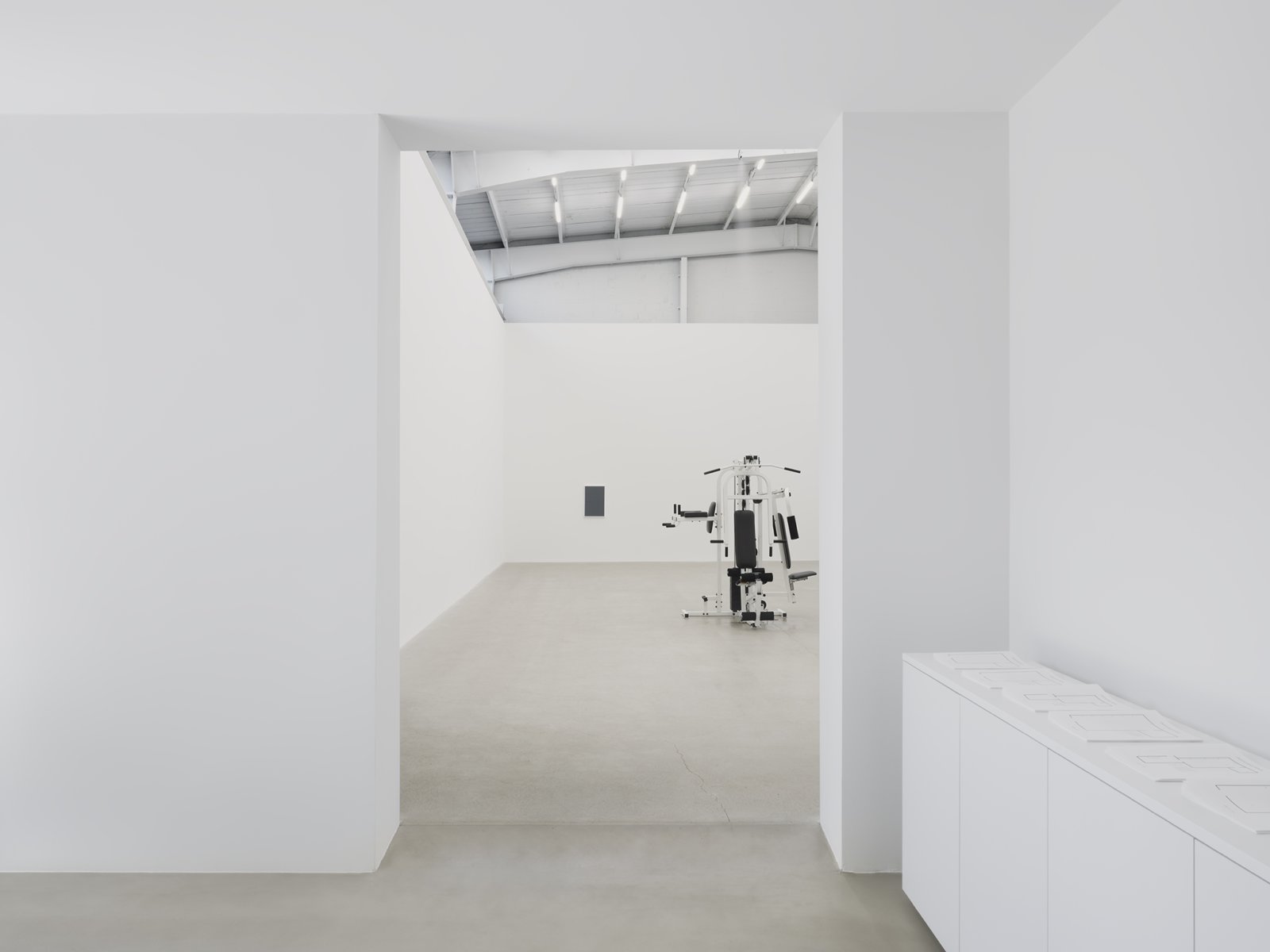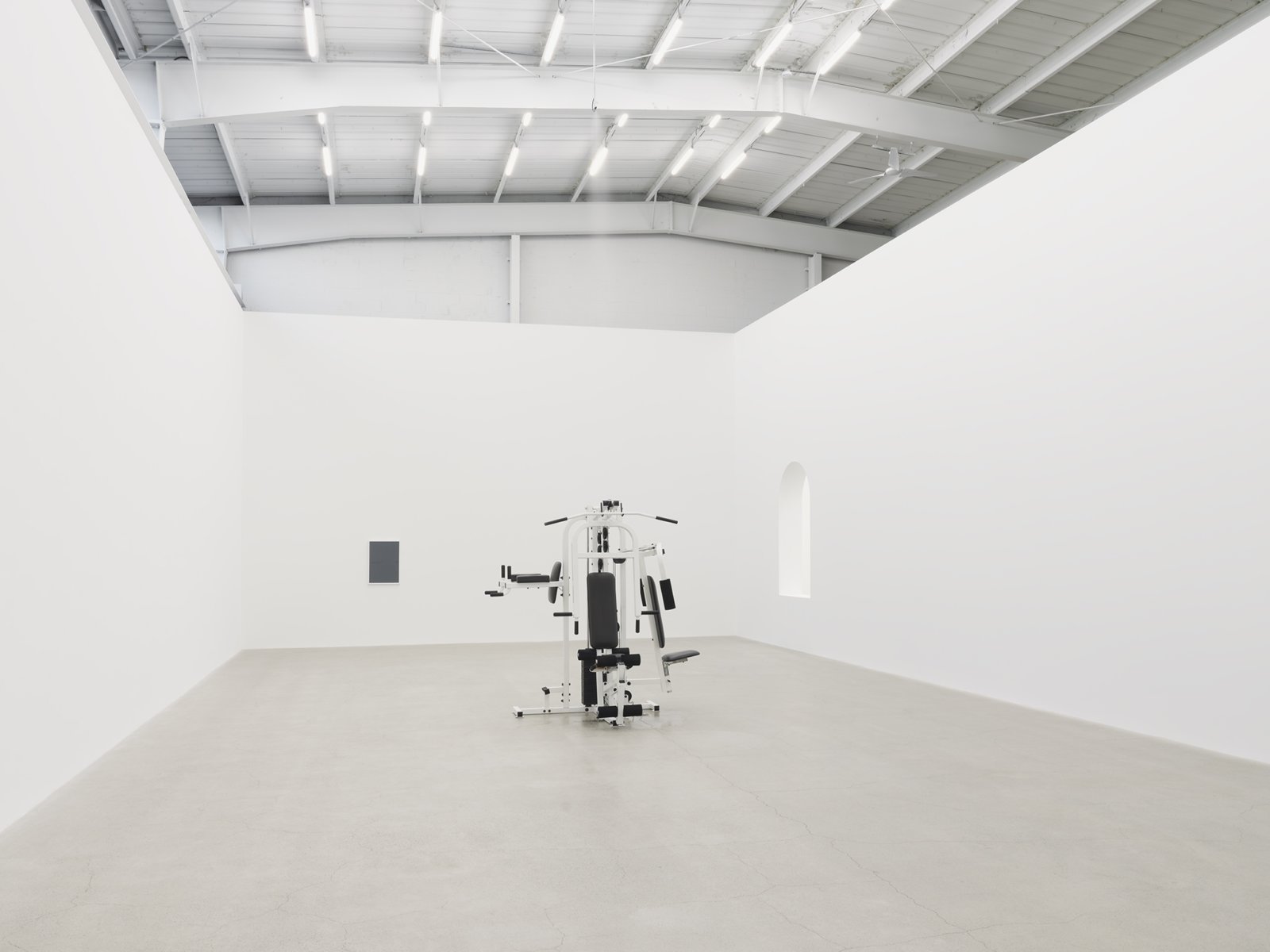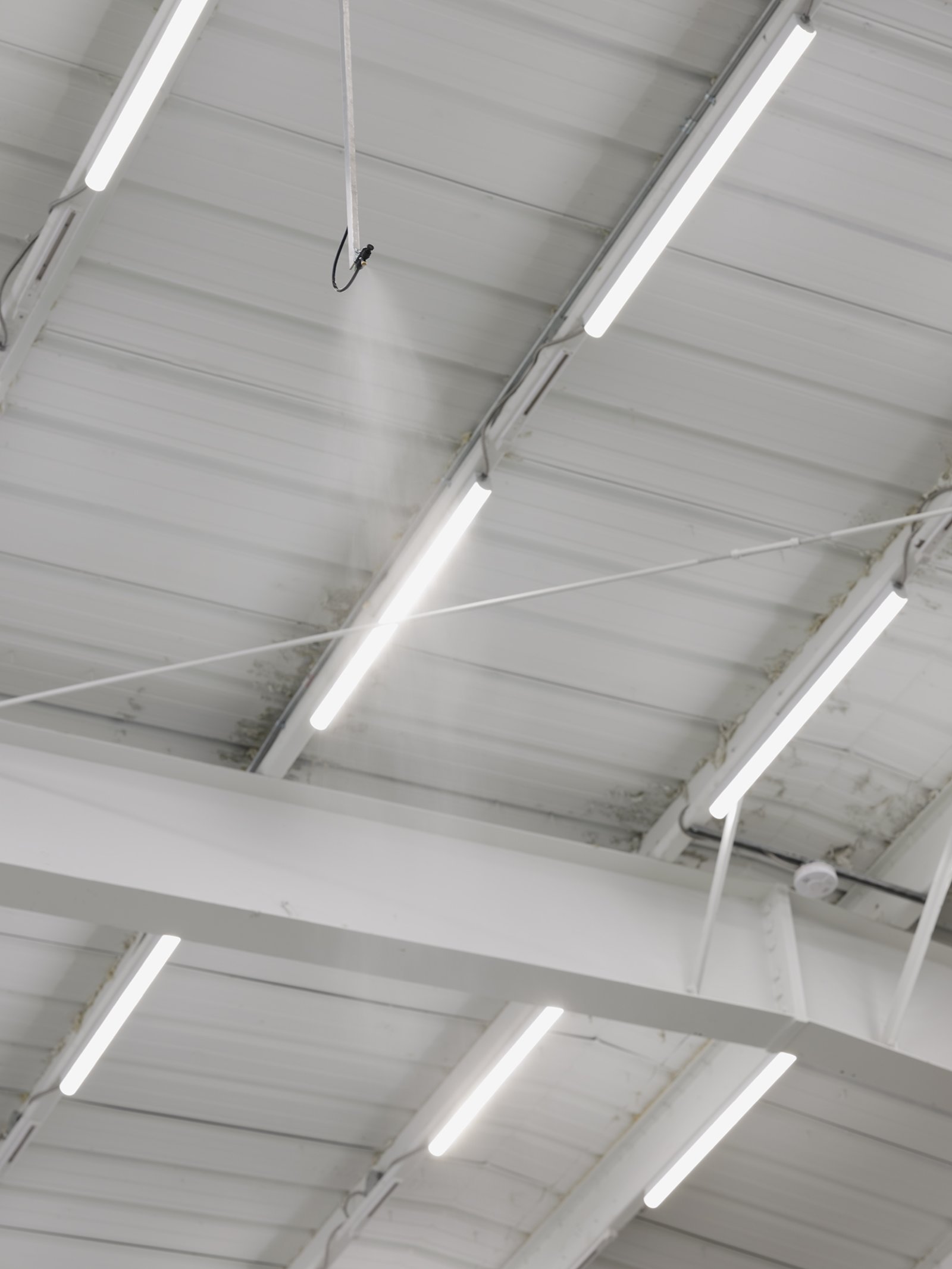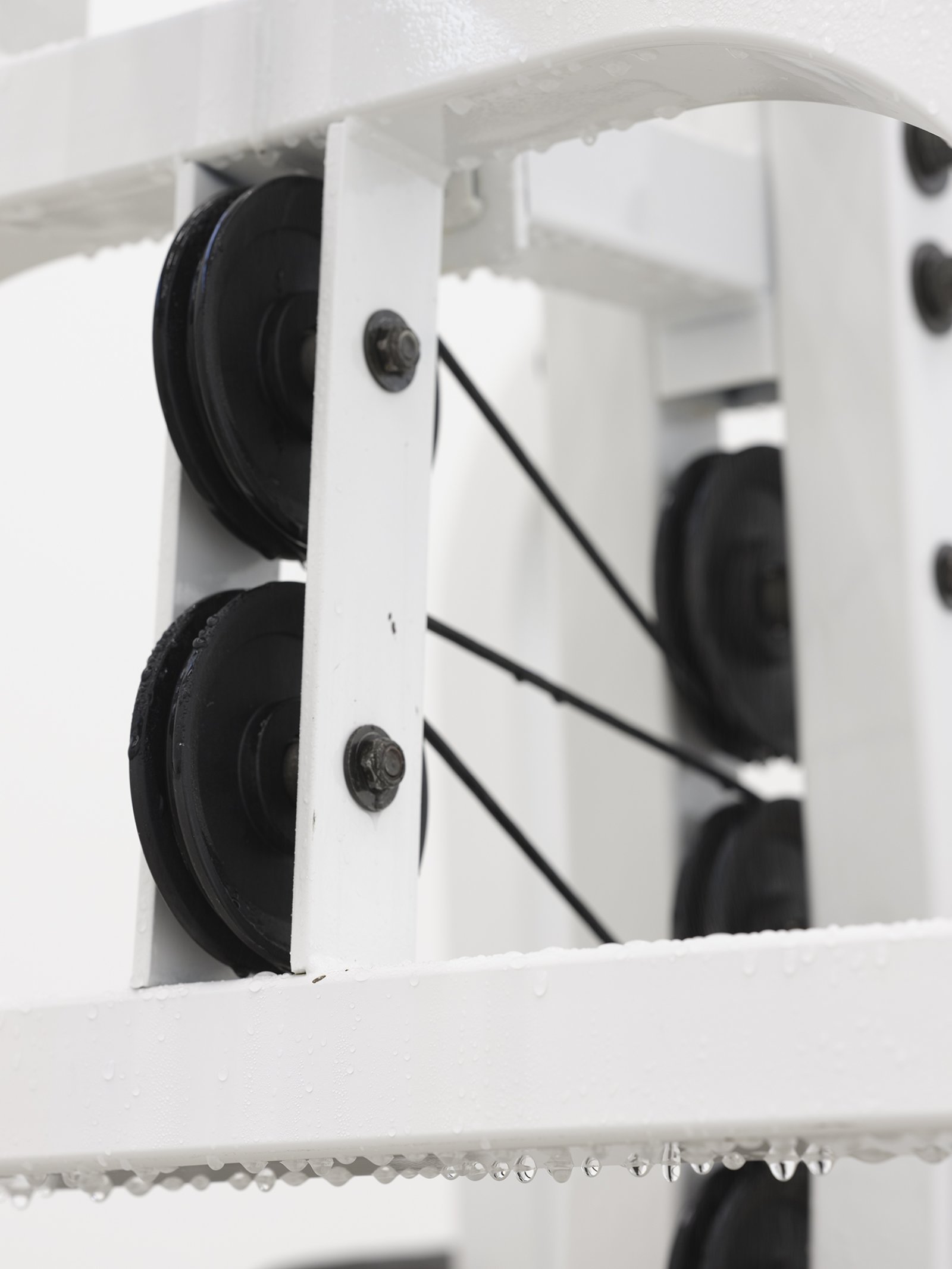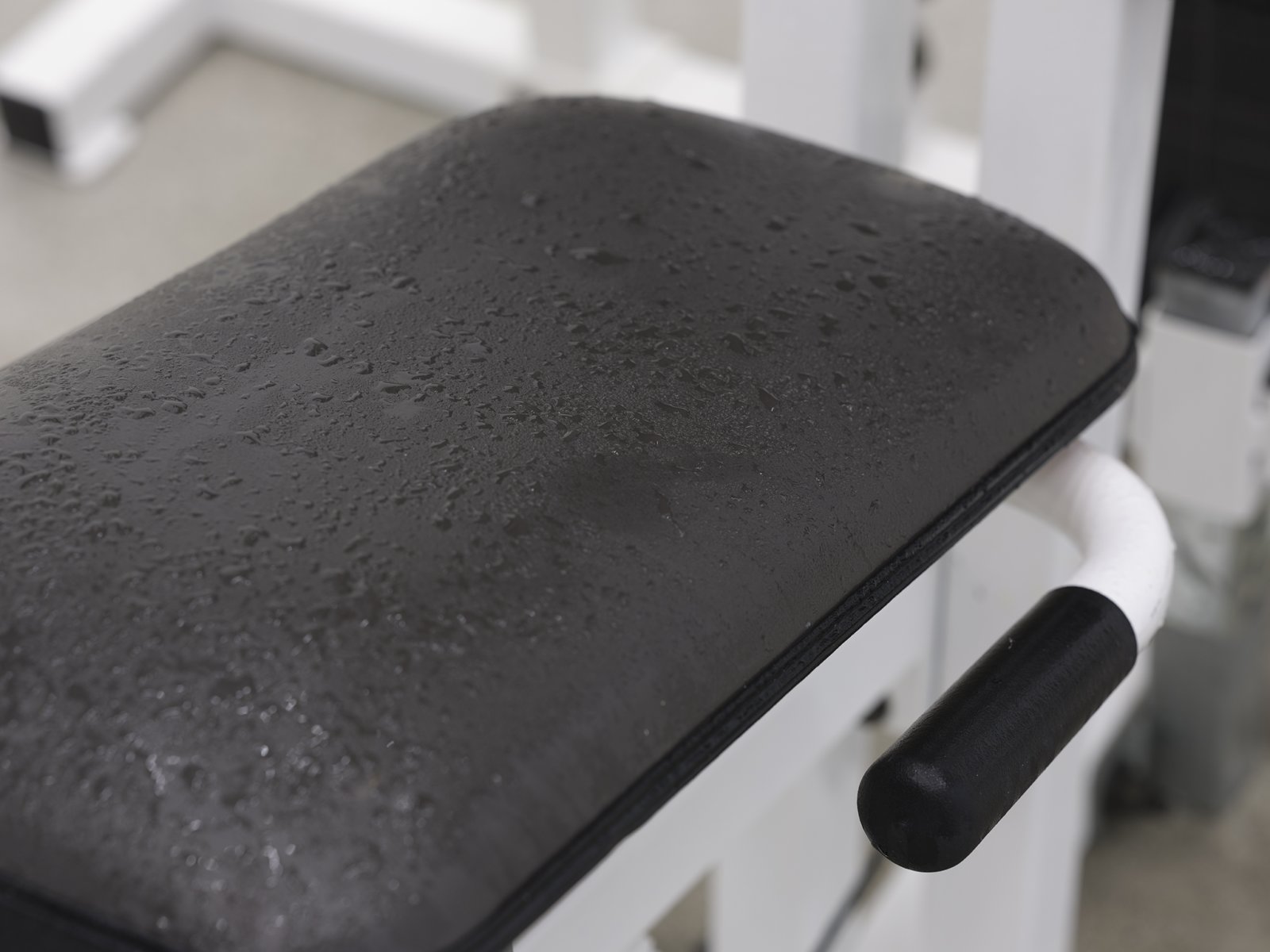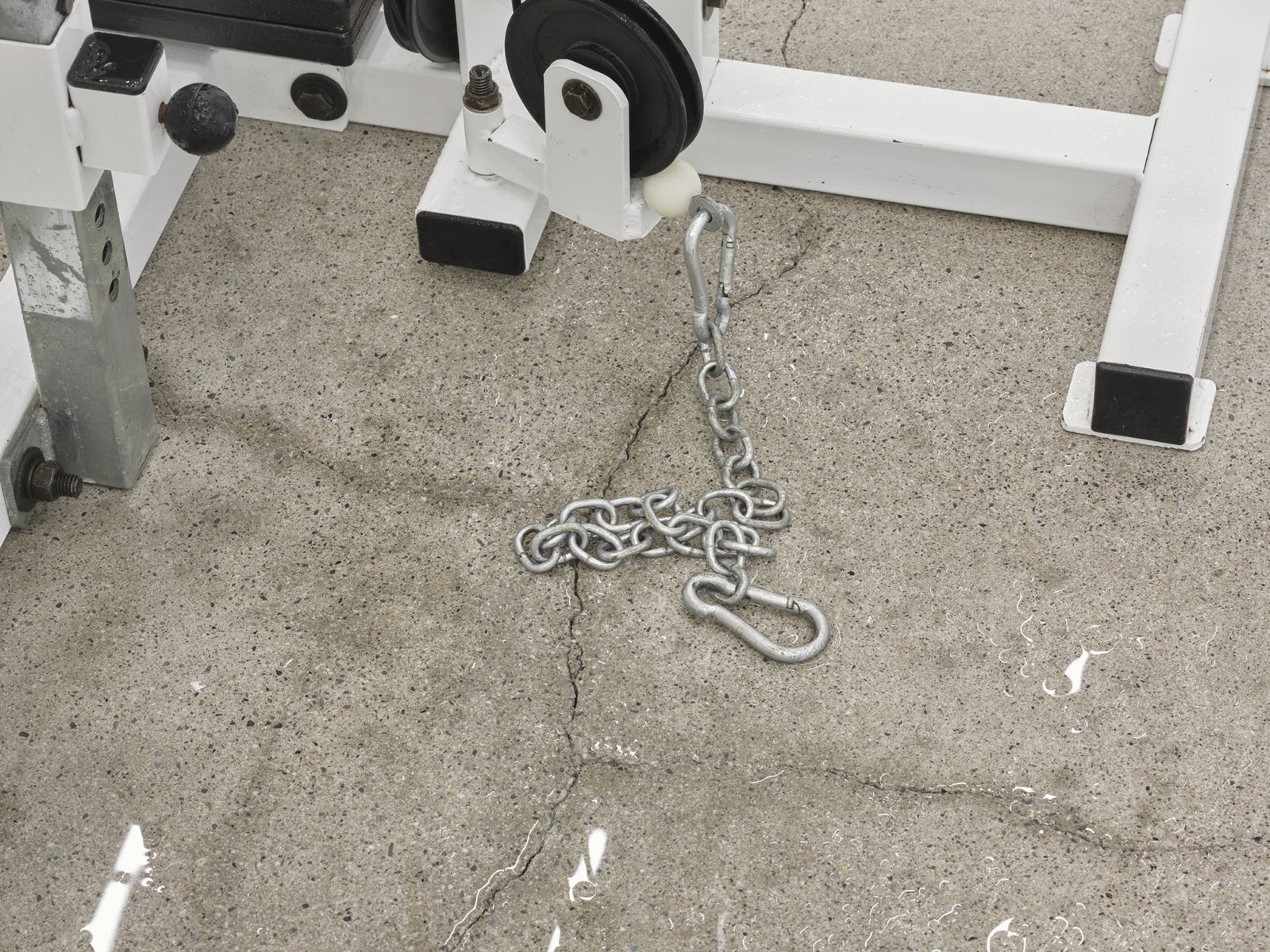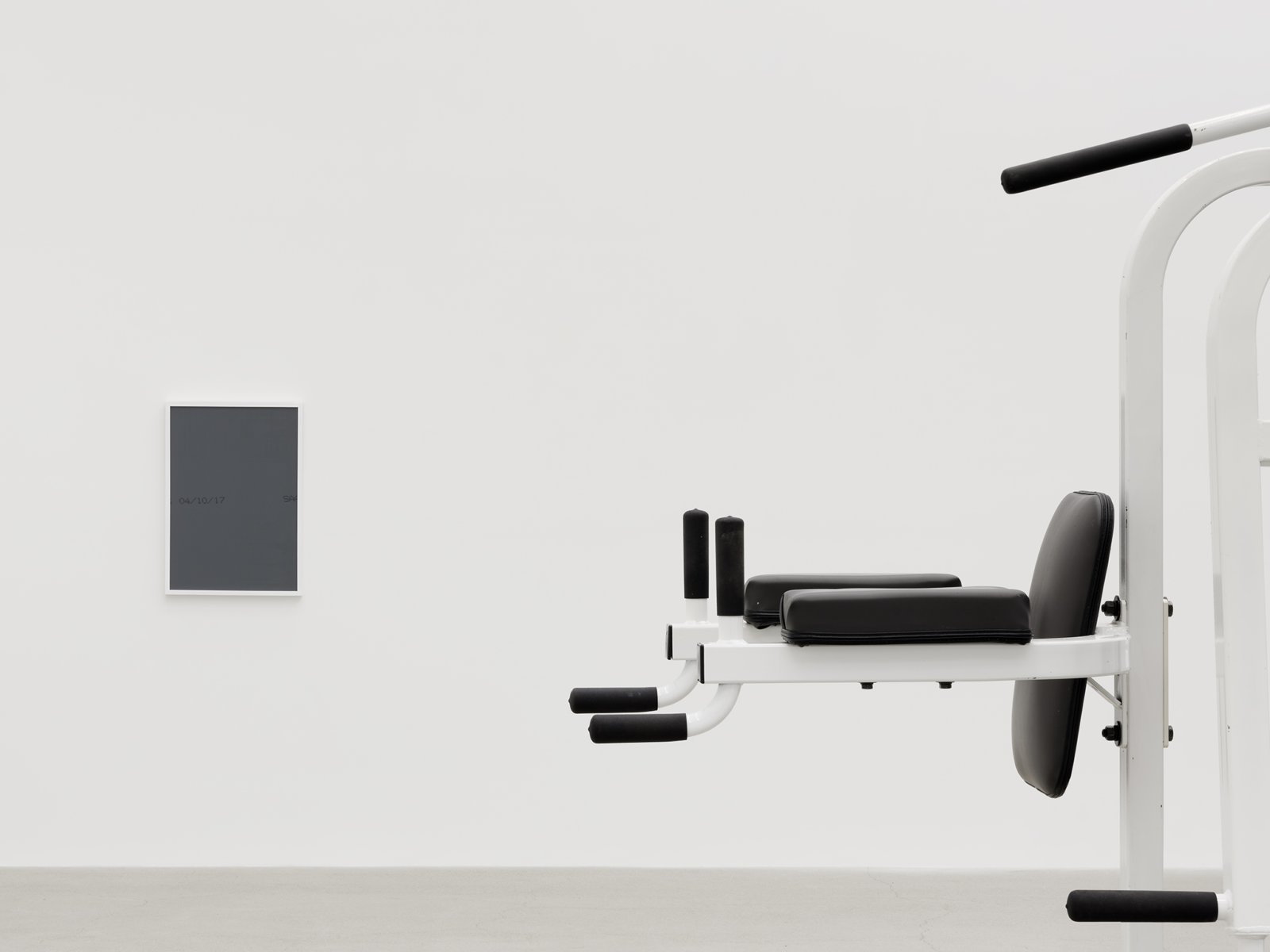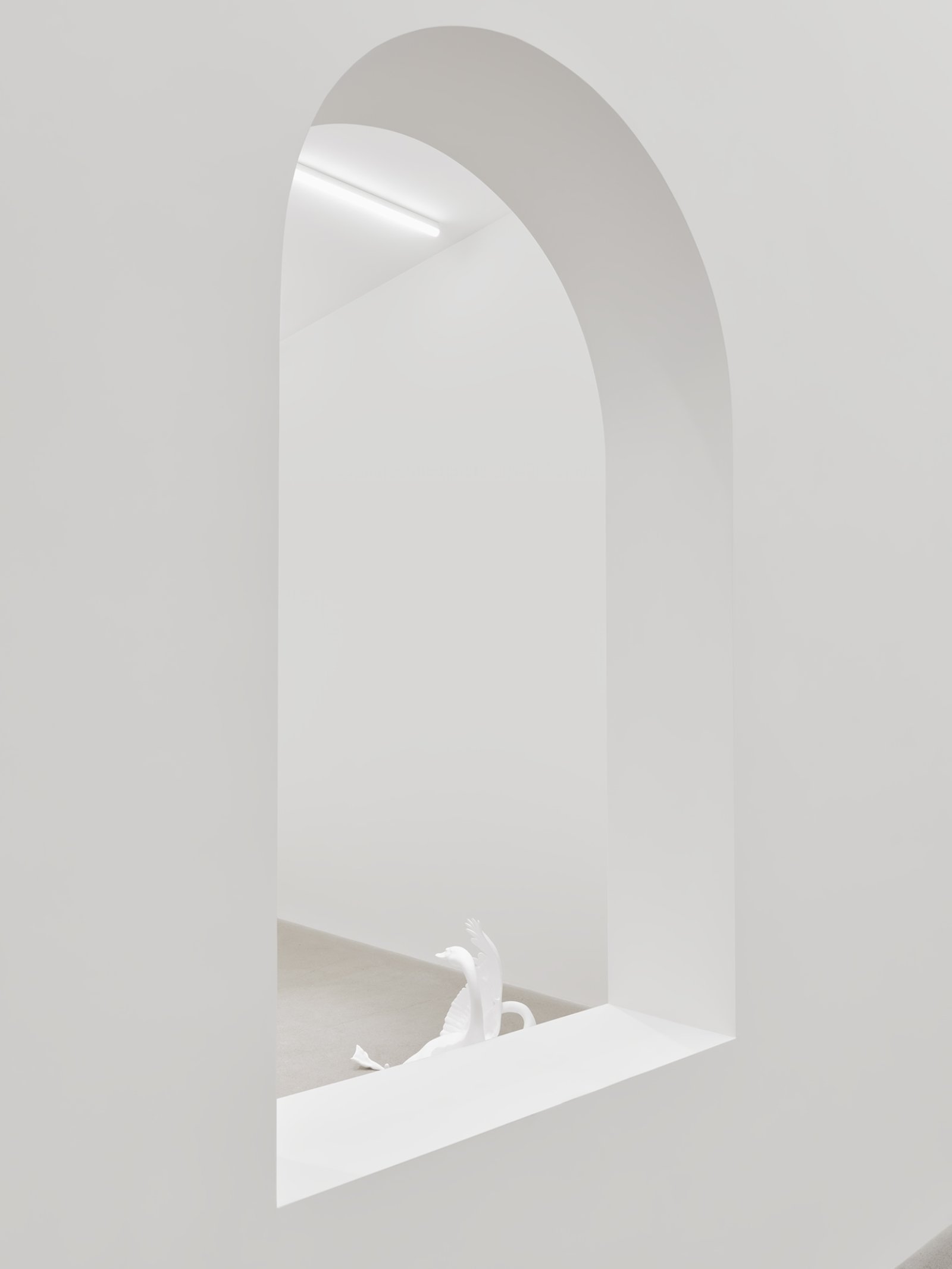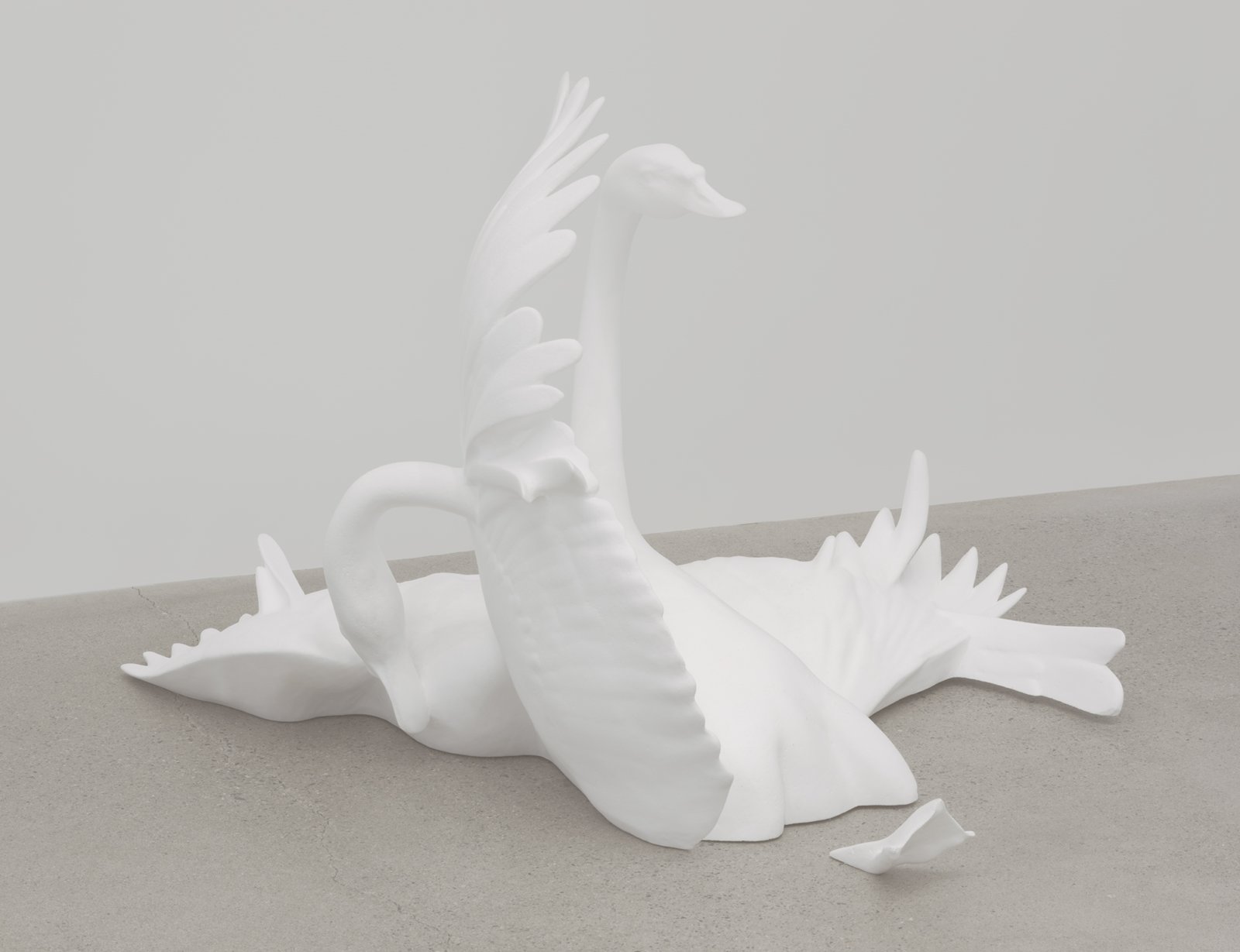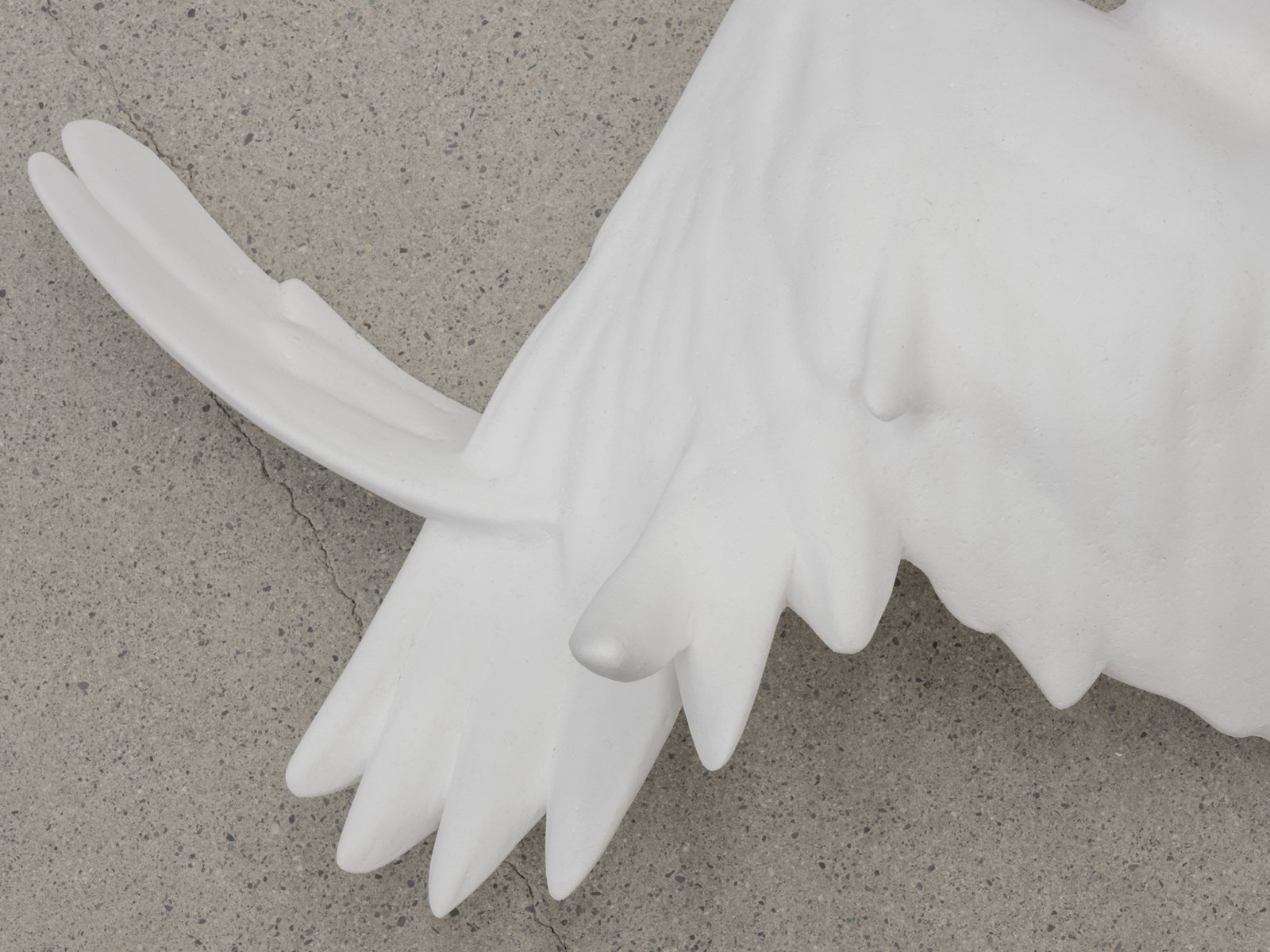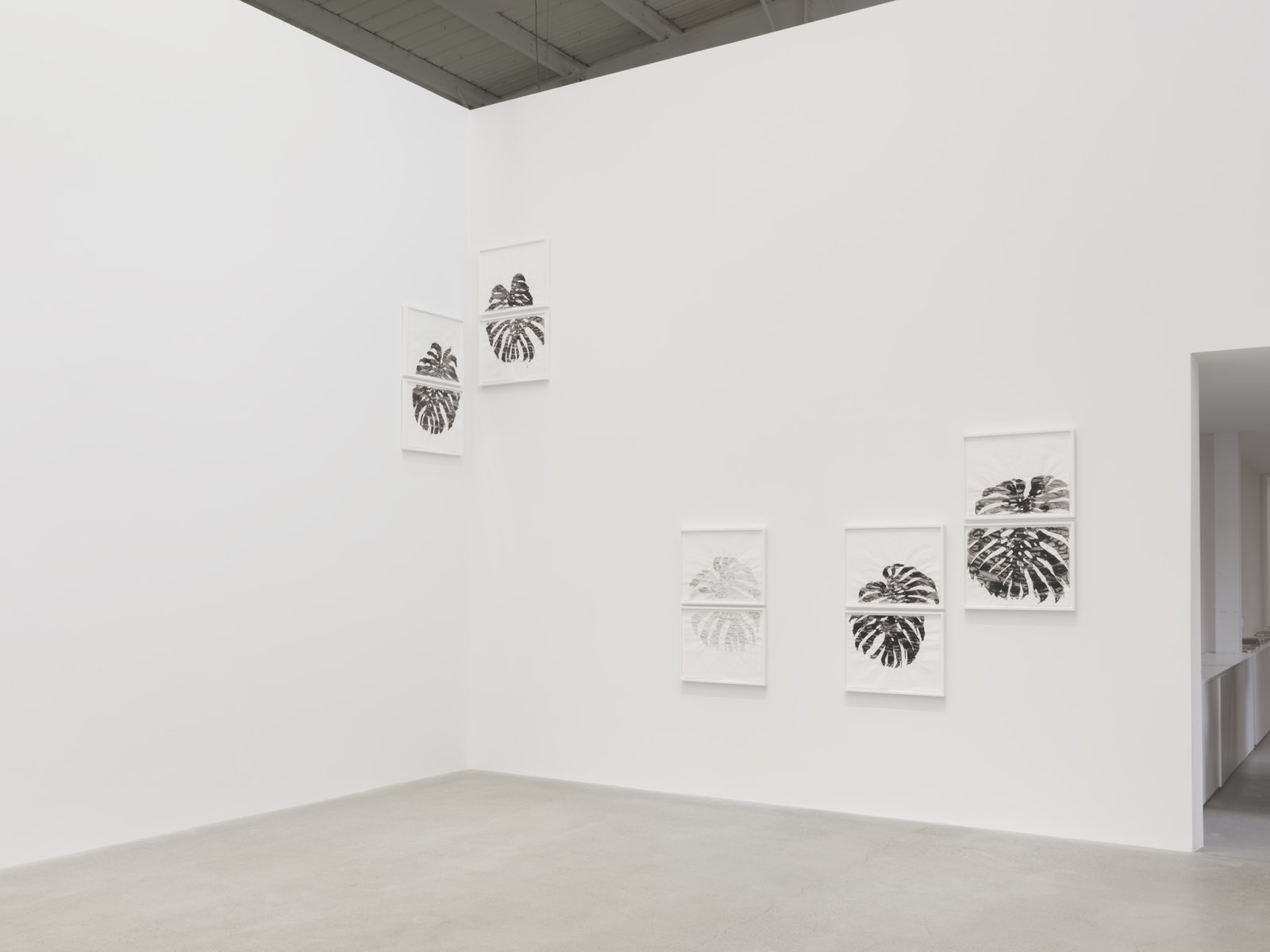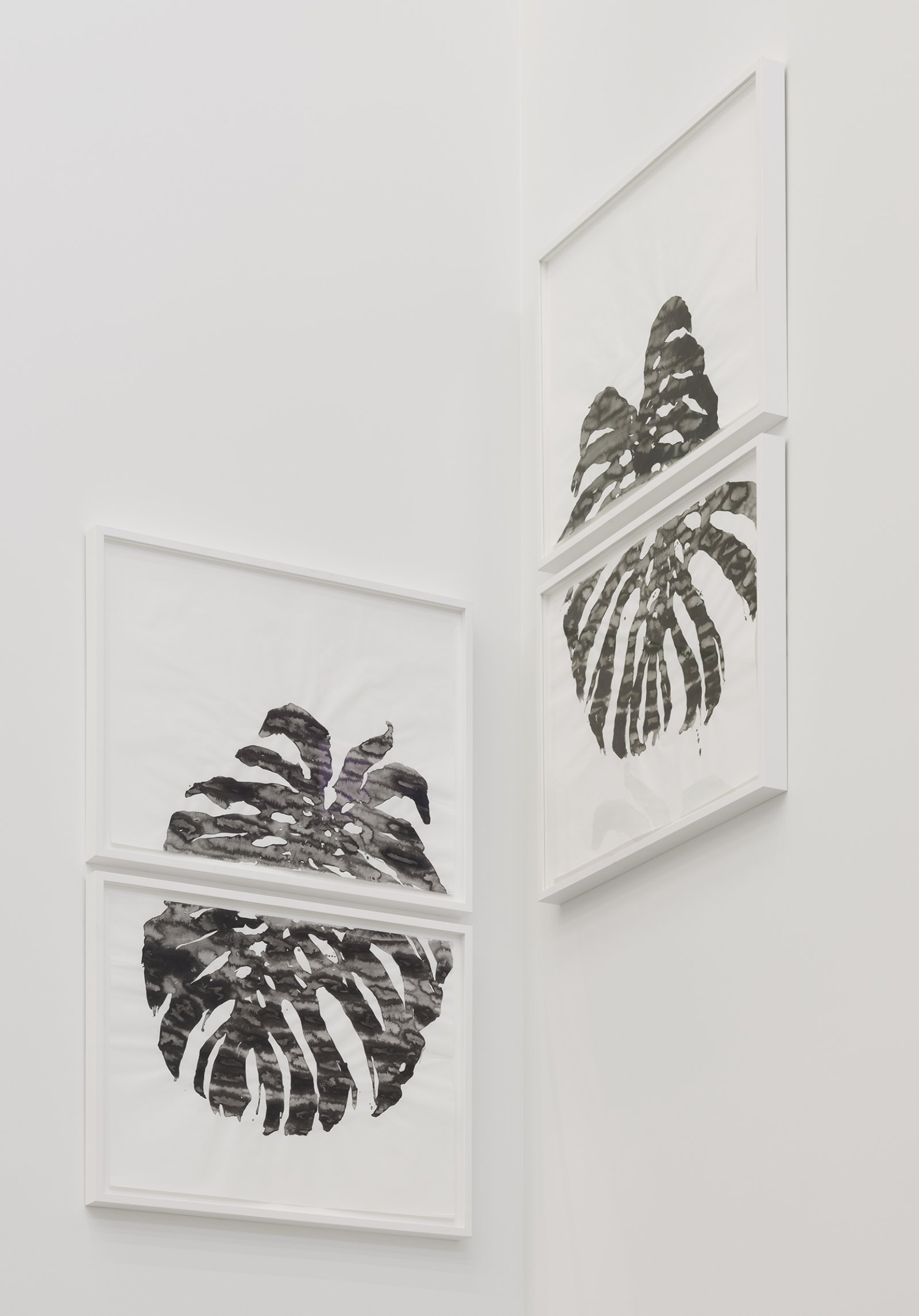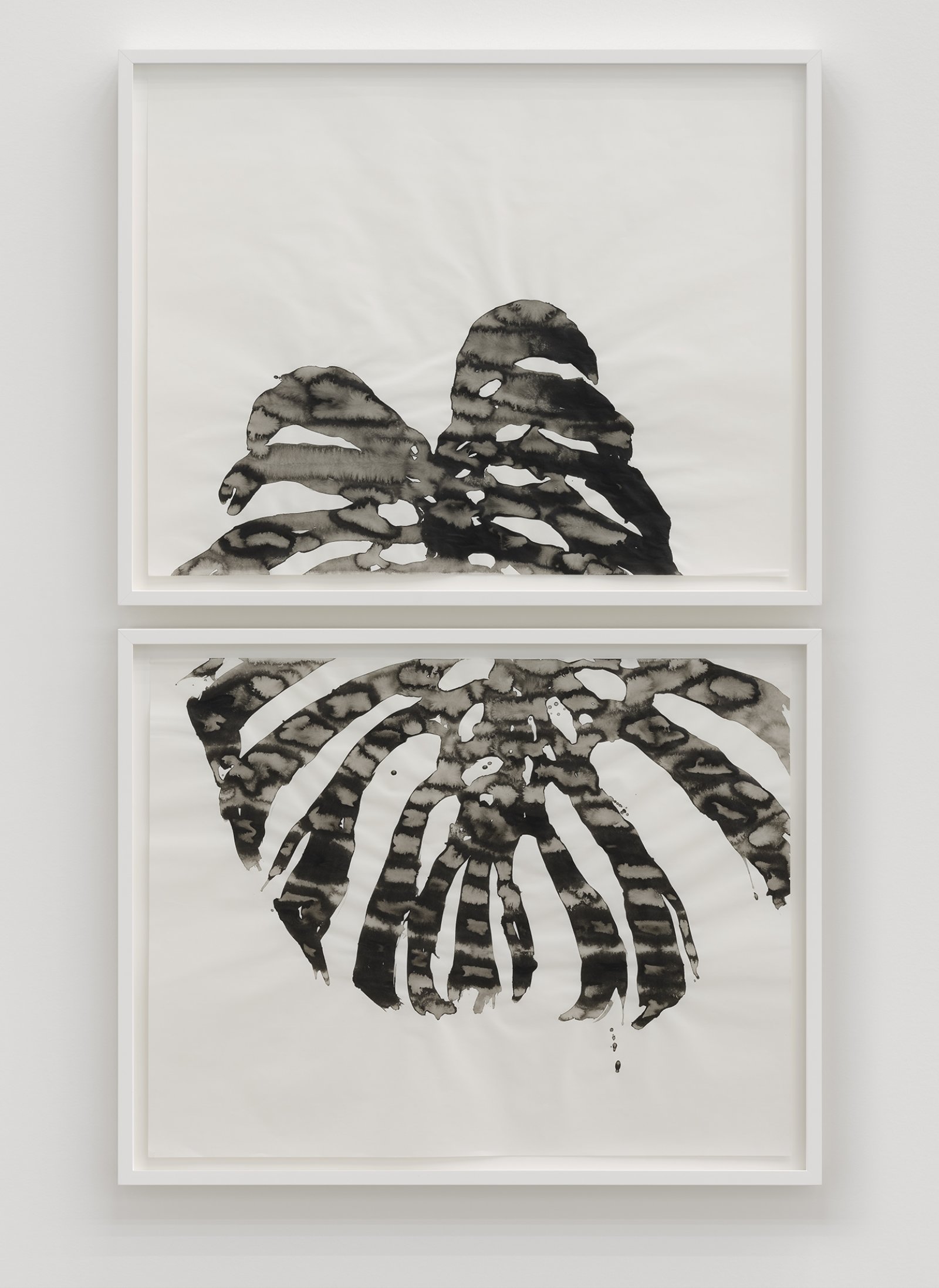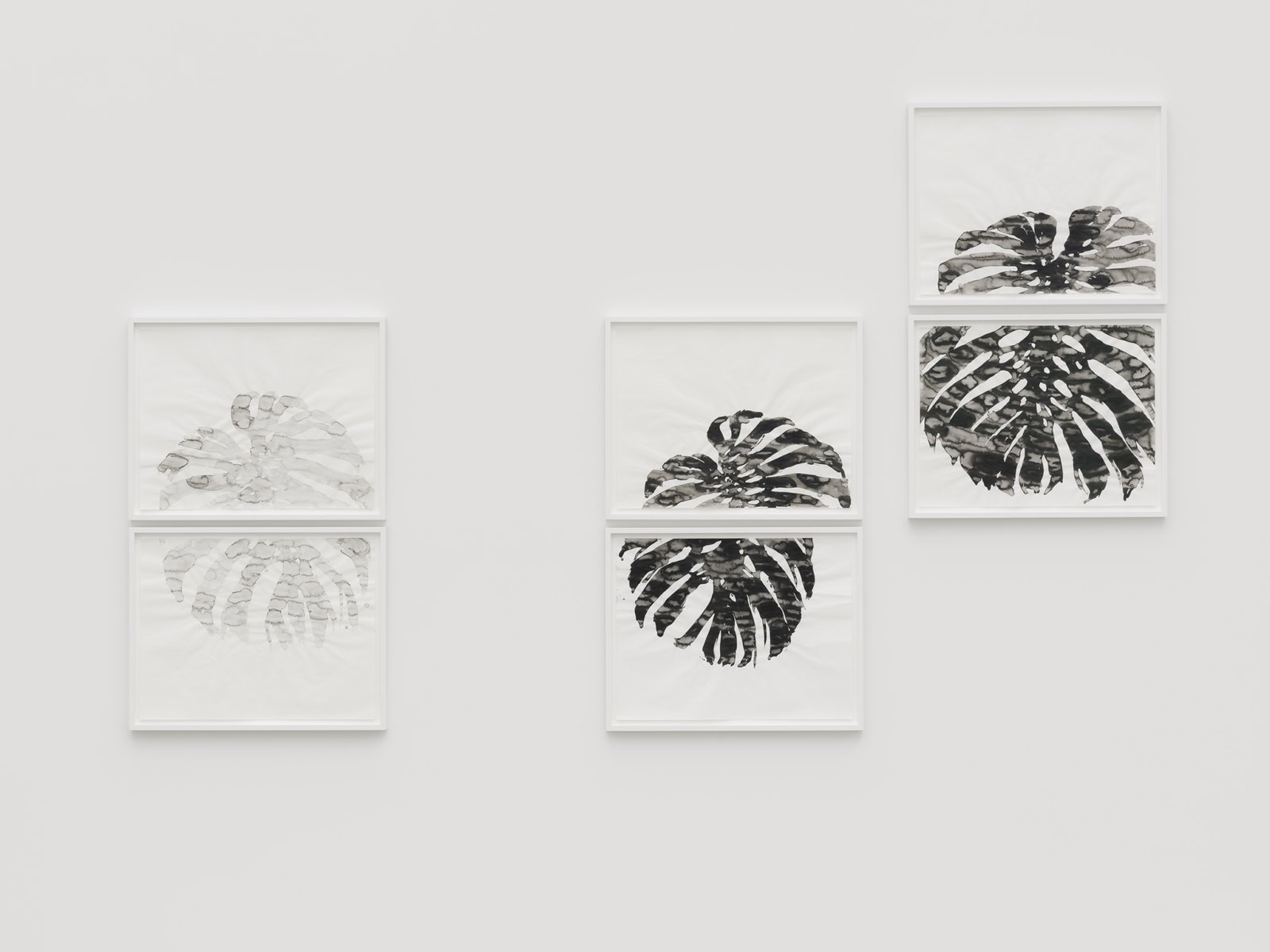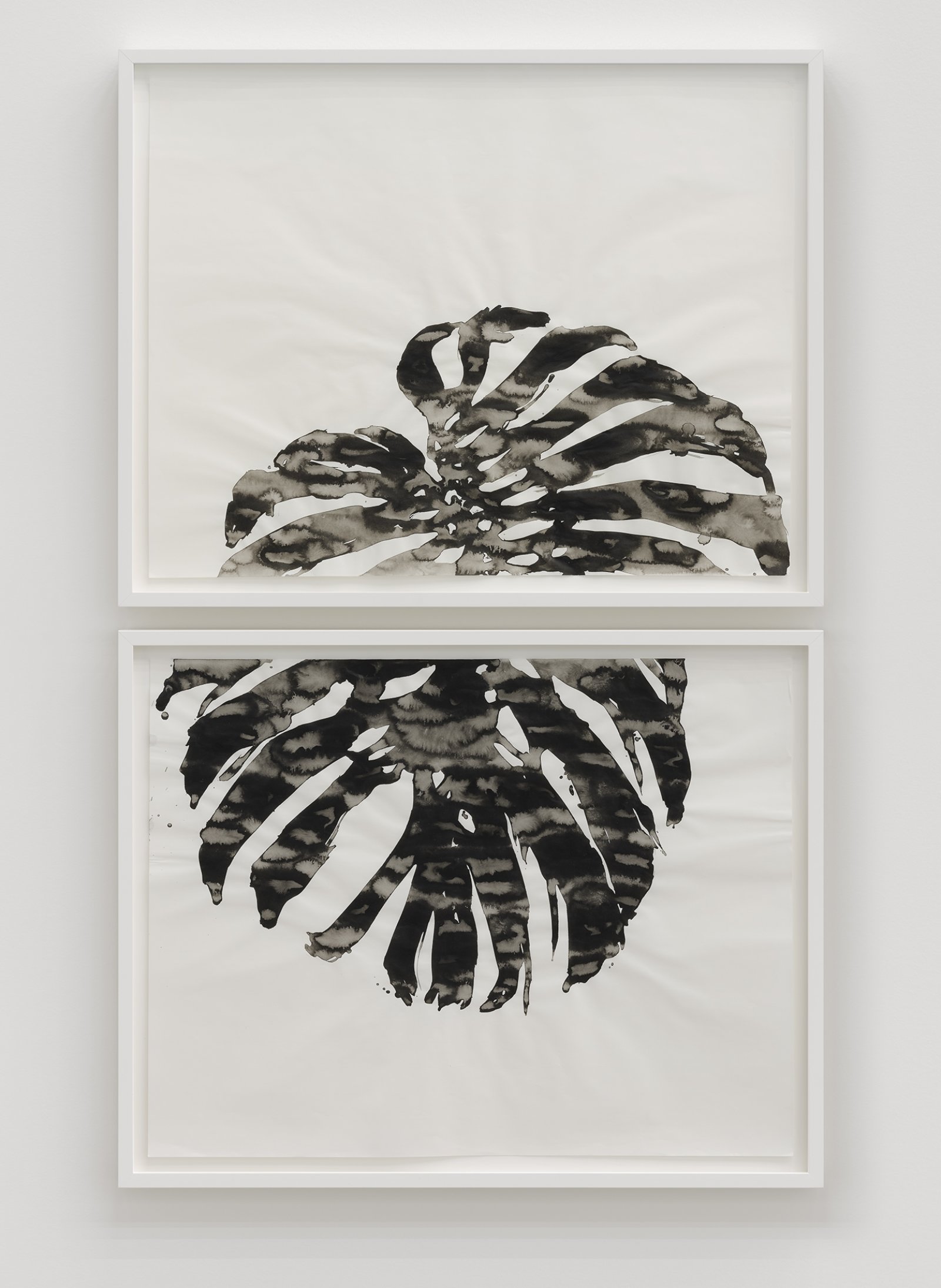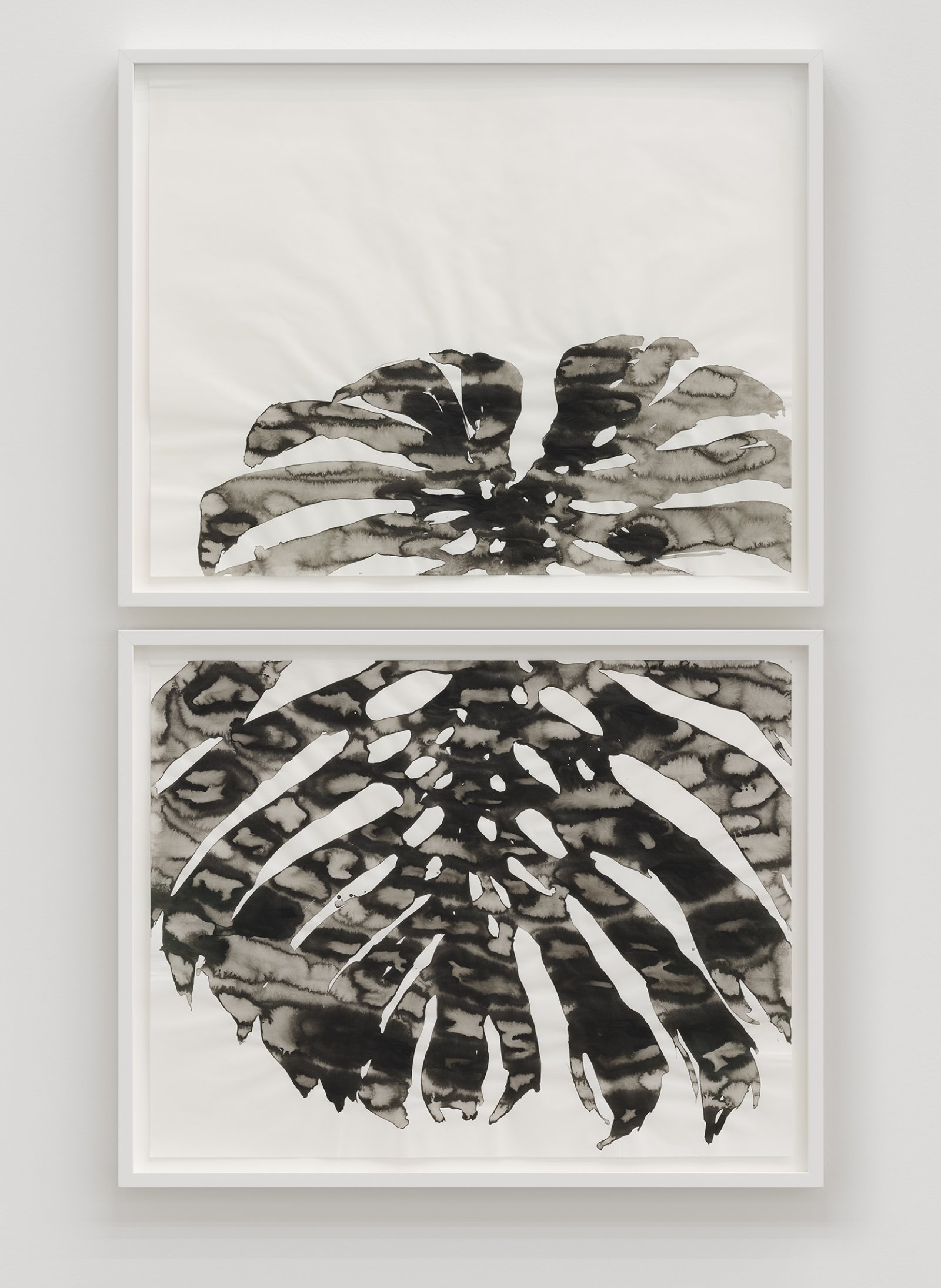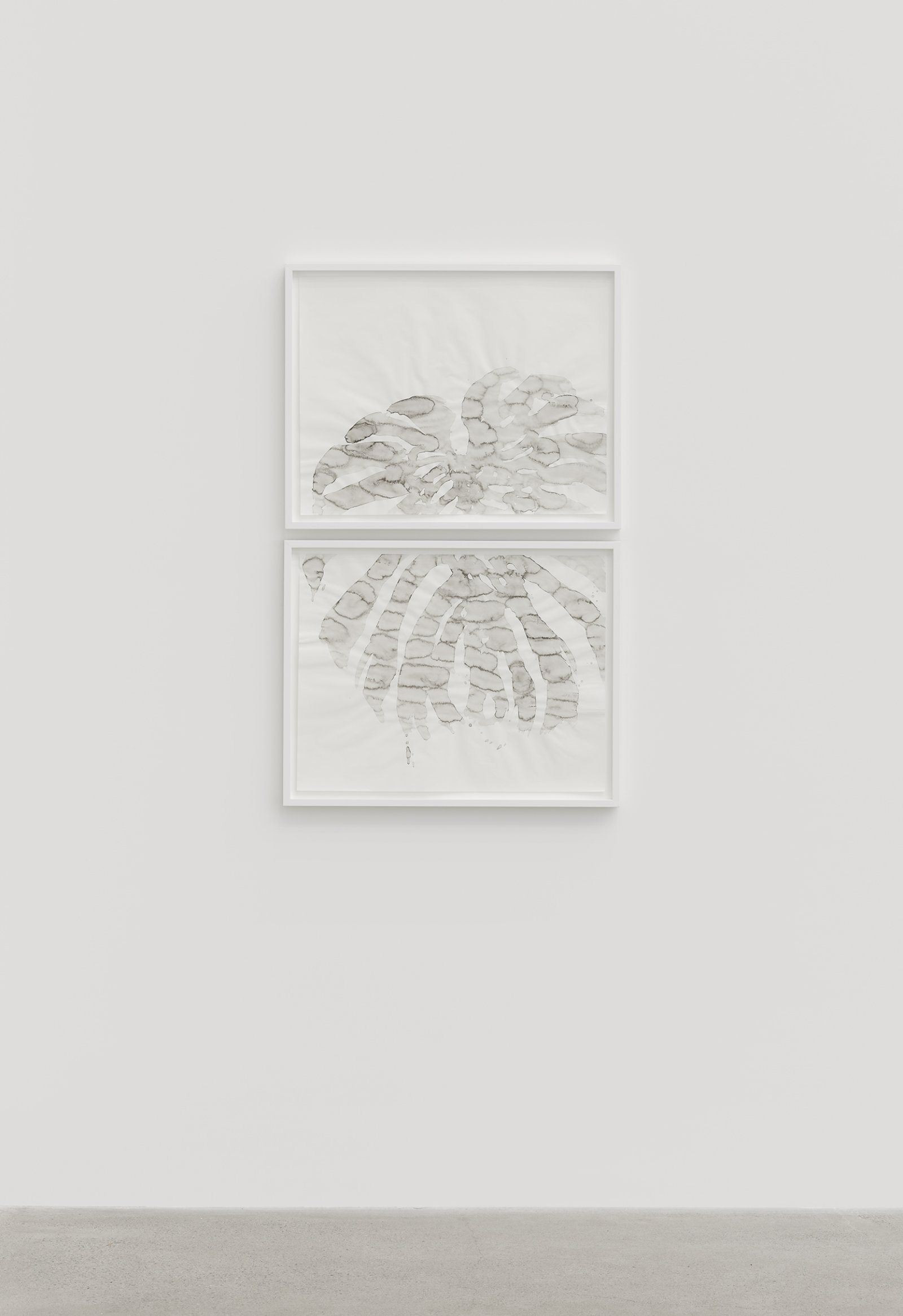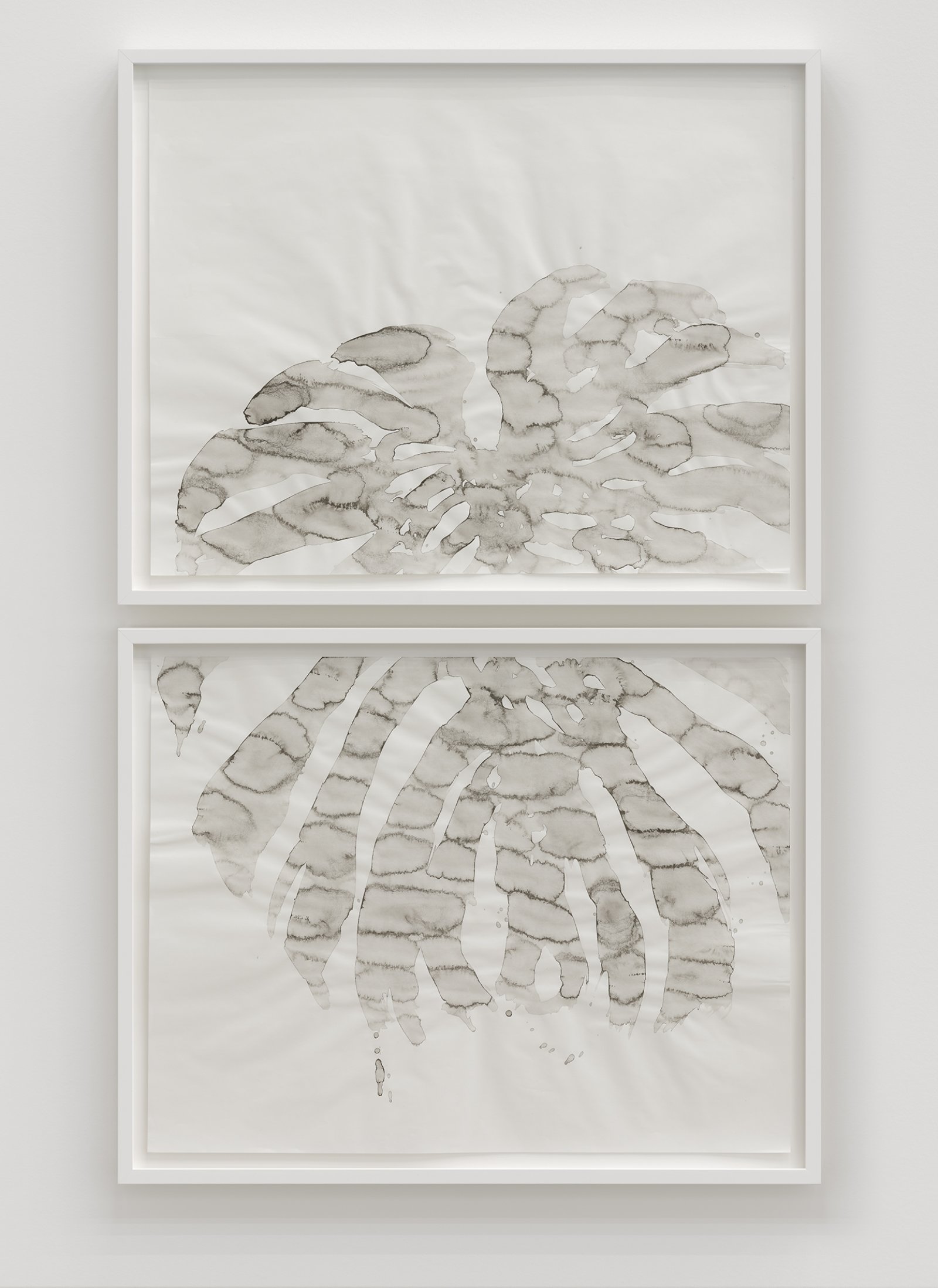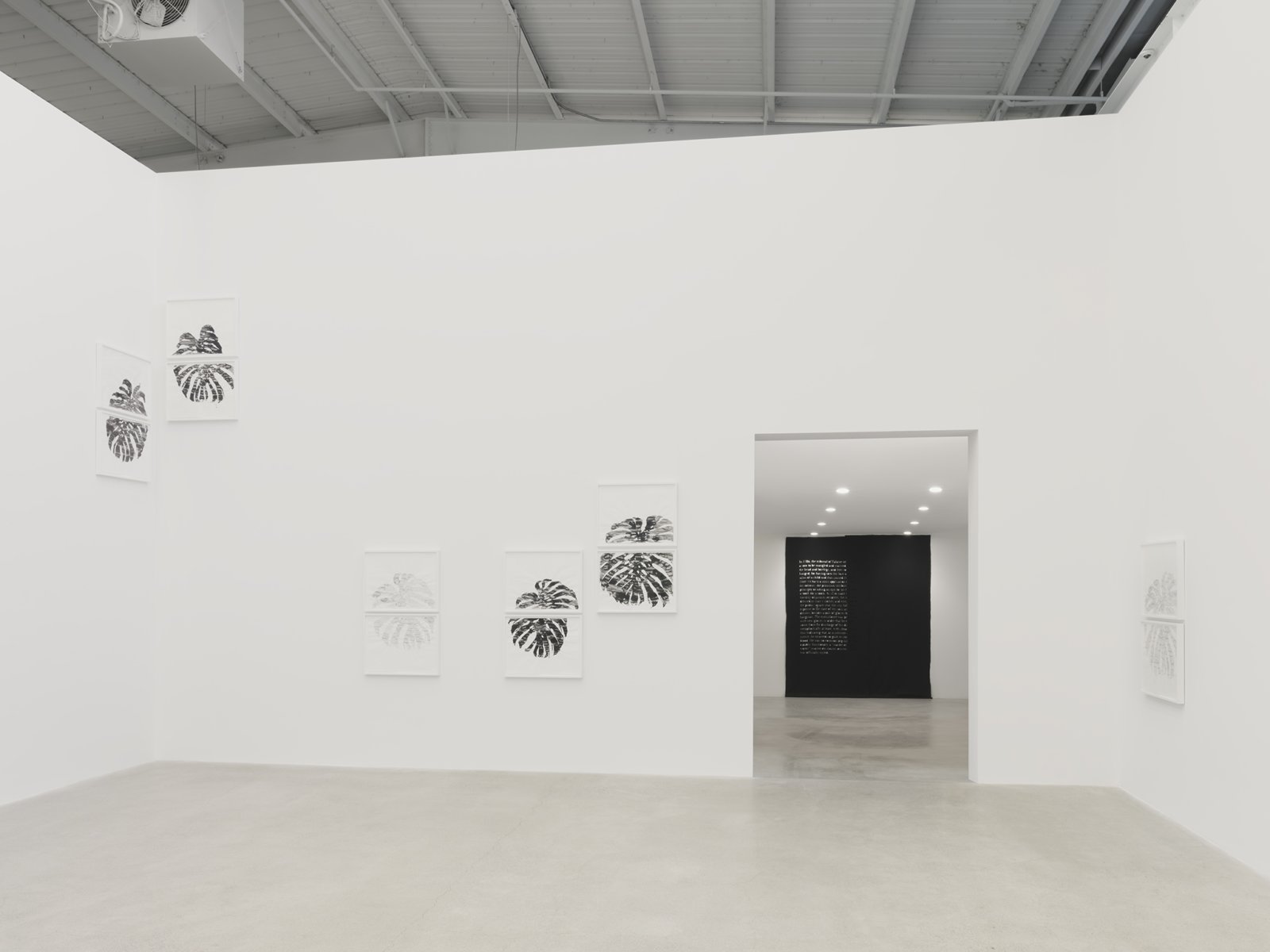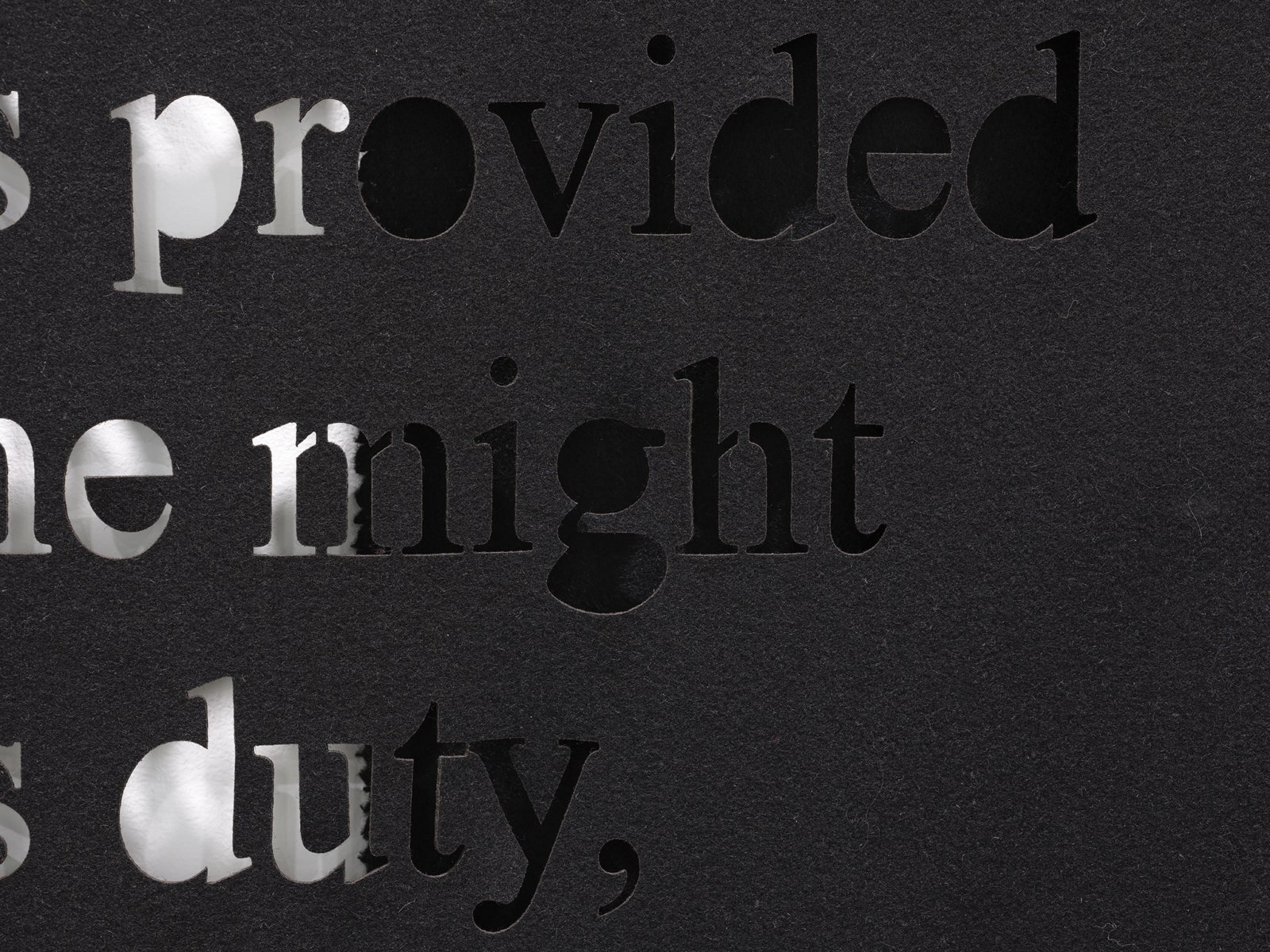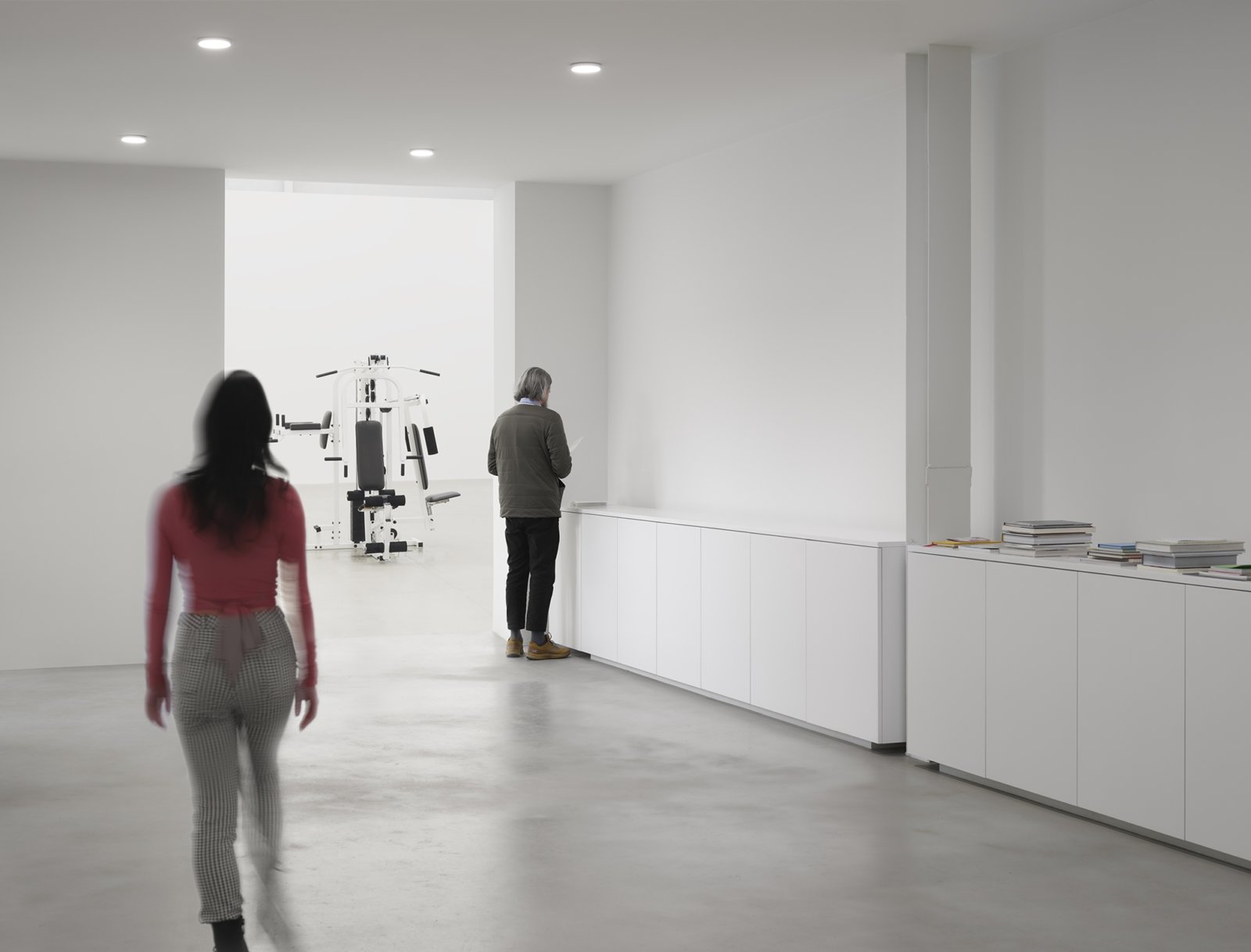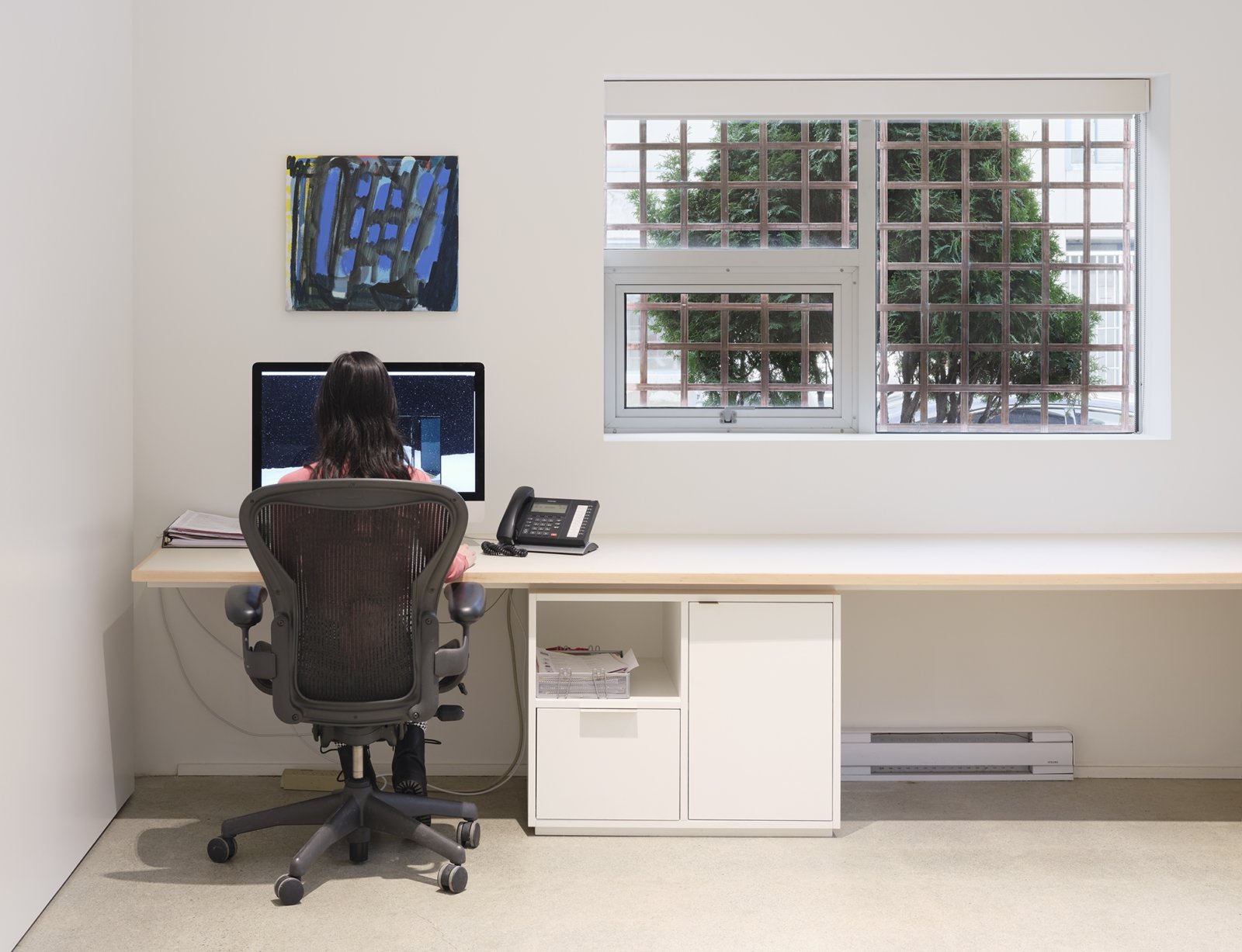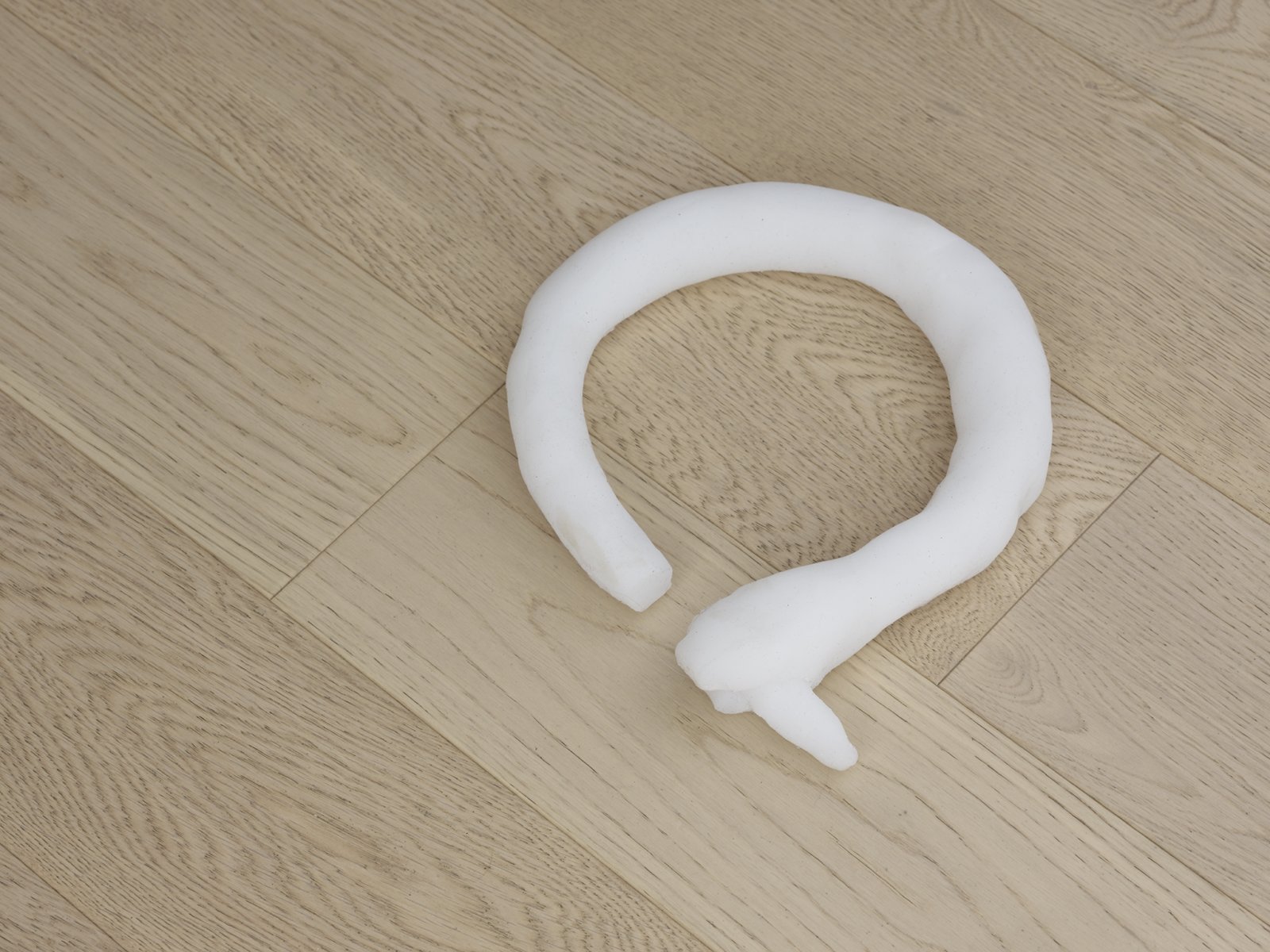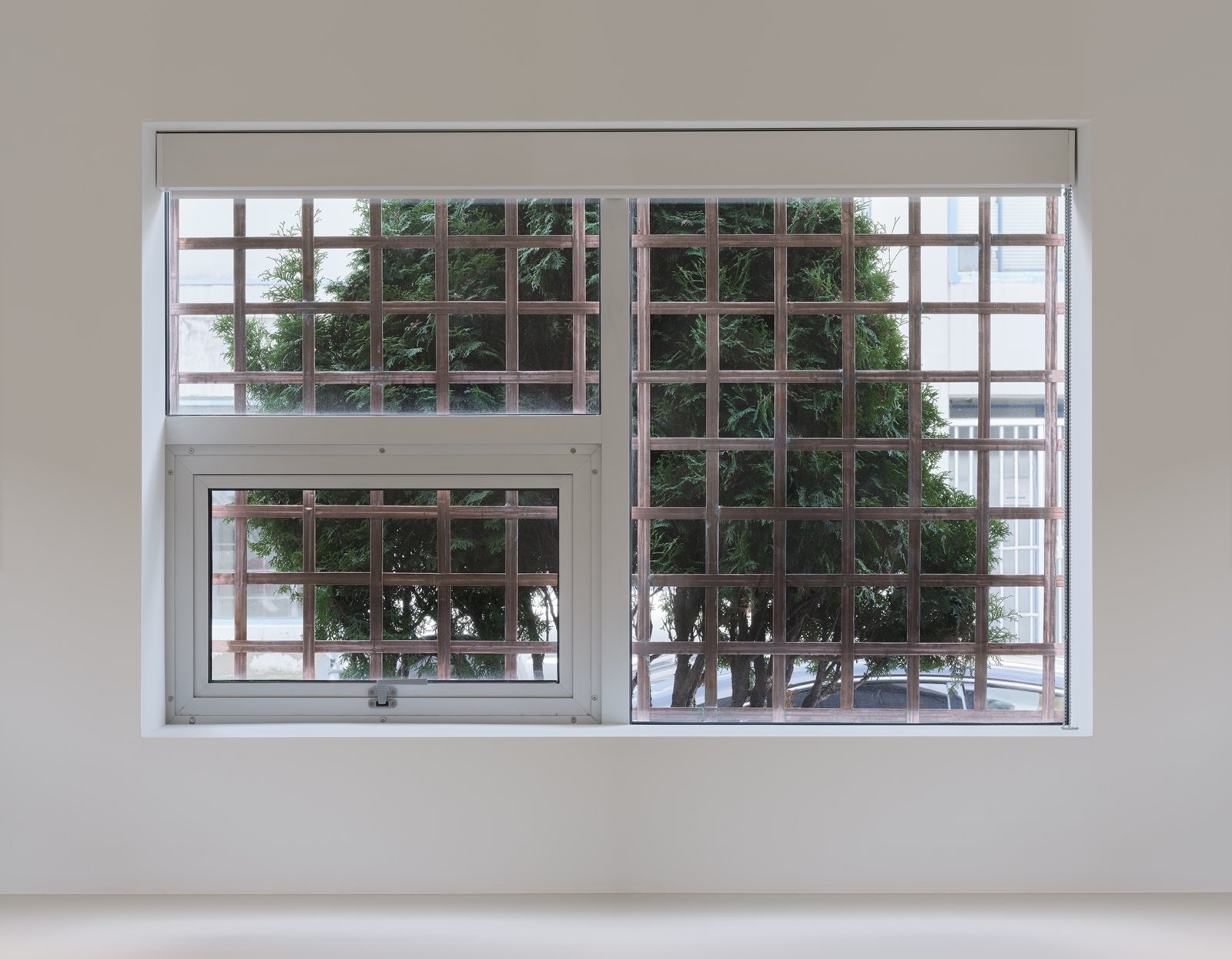Abbas Akhavan – They asked the fox, “Who is your witness?” He said, “My tail.”, NOVEMBER 23, 2019–JANUARY 18, 2020
Abbas Akhavan
They asked the fox, “Who is your witness?”
He said, “My tail.”
November 23, 2019–January 18, 2020
Catriona Jeffries
Catriona Jeffries is pleased to announce Abbas Akhavan’s first solo exhibition with the gallery. Akhavan’s work ranges from site-specific ephemeral installations to drawing, video, sculpture and performance. An ongoing area of study in his practice is the forked space between hospitality and hostility. The direction of his research has been deeply influenced by the specificity of the sites where he works: the architectures that house them, the economies that surround them, and the people that frequent them.
The exhibition title, They asked the fox, “Who is your witness?” He said, “My tail.”, is a Persian proverb reflecting on truth and systems of justice. Accordingly, the exhibited work considers the structural slippages that exist between categorical ideals and material reality. One textile work relays a historical criminal trial wherein a pig was clothed prior to execution—in this case the difference between butchery and due process has to be asserted symbolically. Throughout the exhibition, symbolism in the form of representational imagery plays an important role in considering the distinctions between ‘nature’ and ‘culture’. For example, imagery is a technology capable of more or less perfect mimetic fidelity, and yet the ability to see an image is dependent on the ability to unsee the ink and paper materials that comprise it. ‘Nature’ and ‘culture’ are only distinguishable through culture itself.
In the gallery’s liminal courtyard space, Akhavan has installed Trough, a large, quasi-minimalist mirrored sculpture. The work does not function as a vessel of sustenance for domesticated animals, but instead reflects and refracts our own images, drawing into question the relationship between representation and sustenance. Gallery staff have been asked to open and close the mirrors throughout the day so that both the installation’s appearance and the images it produces are variable. The notion of agency over images is continued inside the gallery: an animal selfie is hidden behind an inverted mirror, and a home gym machine is recurrently doused in mist. The machine sweats—the residue of exerting agency over one’s image remains even in the absence of the agent.
The laws that determine inclusion and exclusion are not only alluded to within the exhibition; Akhavan also explores how they comprise the gallery itself. Part of the gallery space is sealed off, ensuring two sculptures of ornamental swans are only accessible from a single vantage point. This separate space has been invisibly marked with coyote urine, distinguishing between regal, territorial animals and despised, transient ones. The same distinctions occur beyond the gallery and animal kingdom. Ultimately animal (olfactory) demarcations and human (legislative) property lines are united in their shared invisibility: these borders are signified rather than actualized.
Finally, Akhavan replaces the security grille on one of the gallery’s exterior windows—producing an artwork that only reveals itself when seen from the inside out. In this way, the infrastructure of property is only visible when one looks at rather than through the window. Like images and property more generally, that which is included cannot be apprehended at the same time as that which is excluded, even as they exist simultaneously. The question is one of perception.
Documentation by Rachel Topham Photography.
